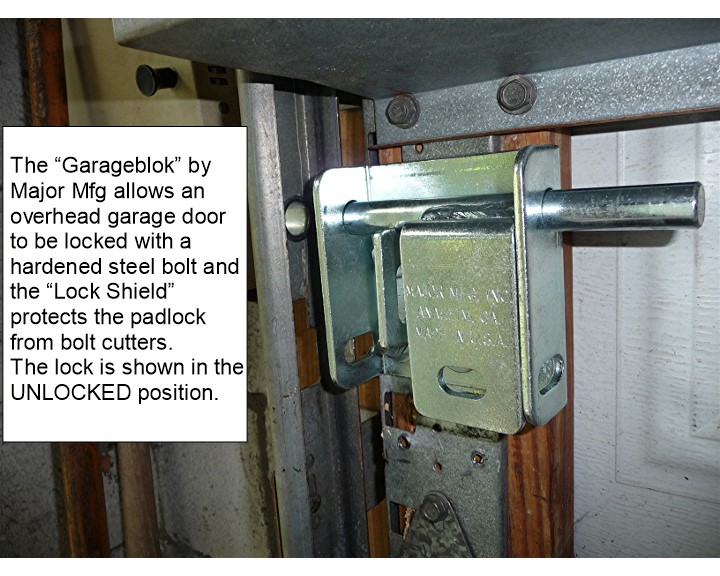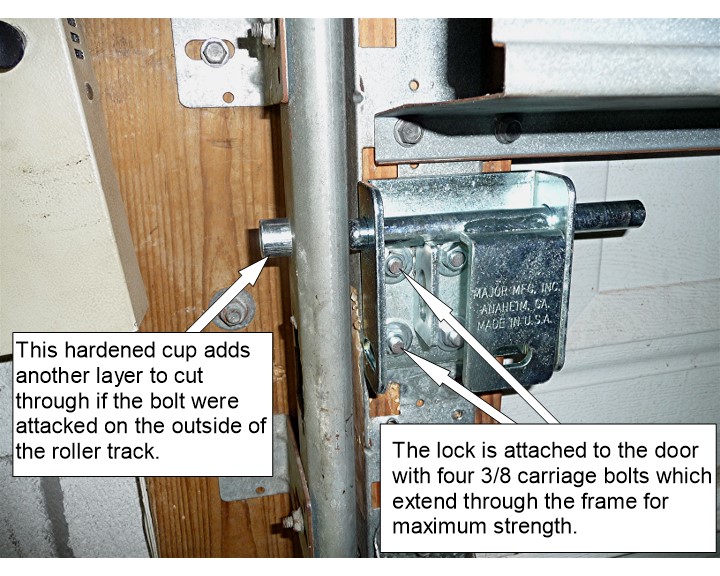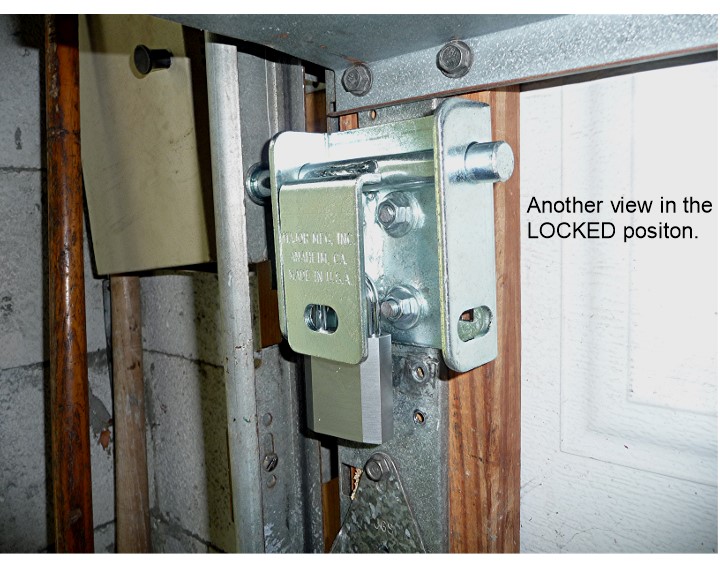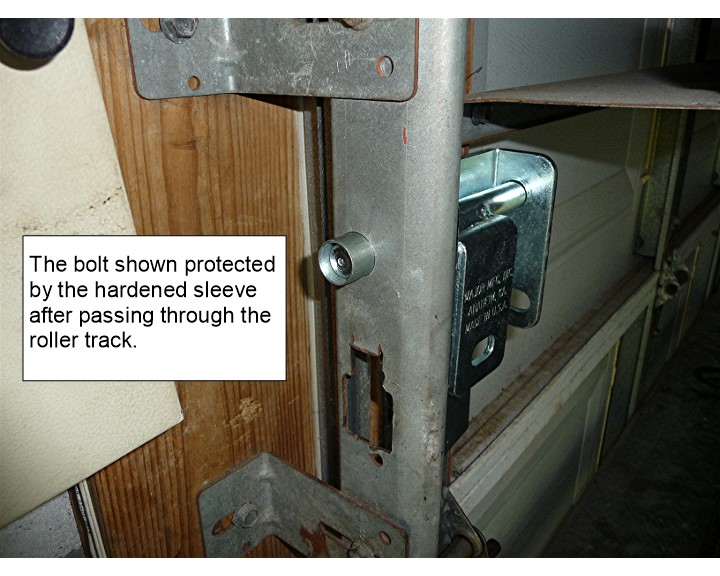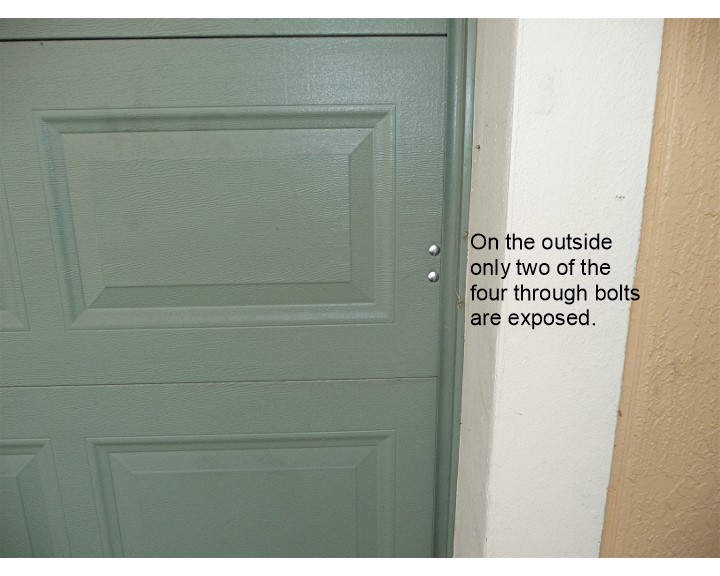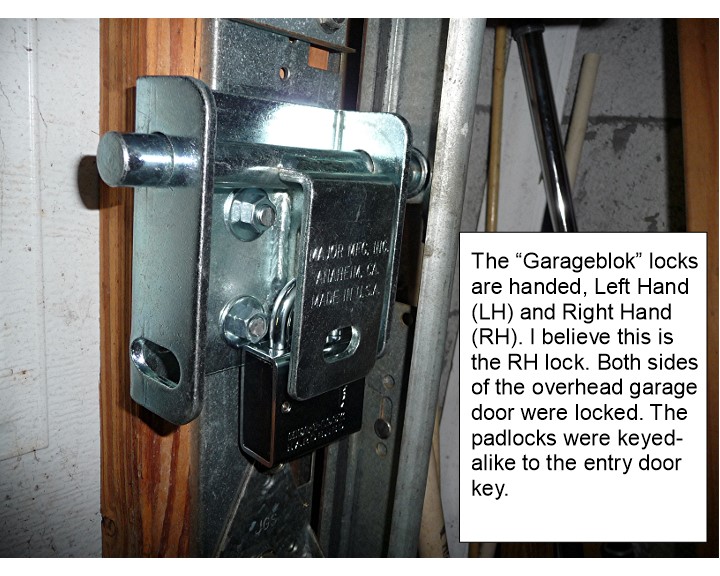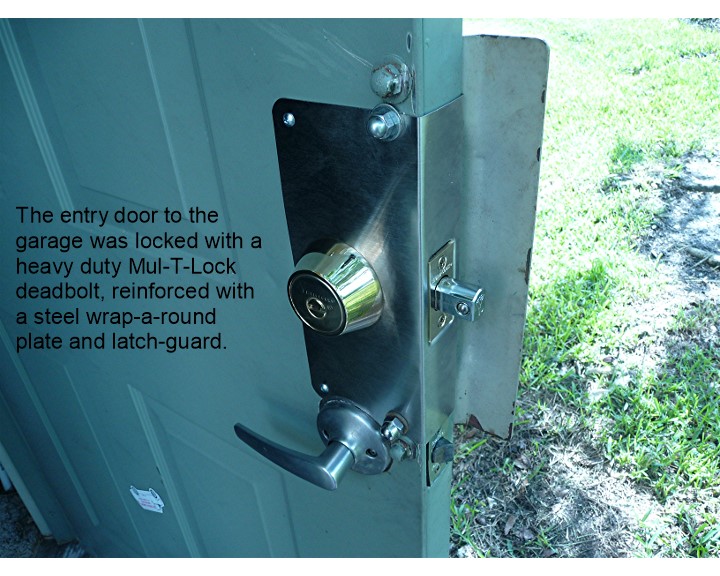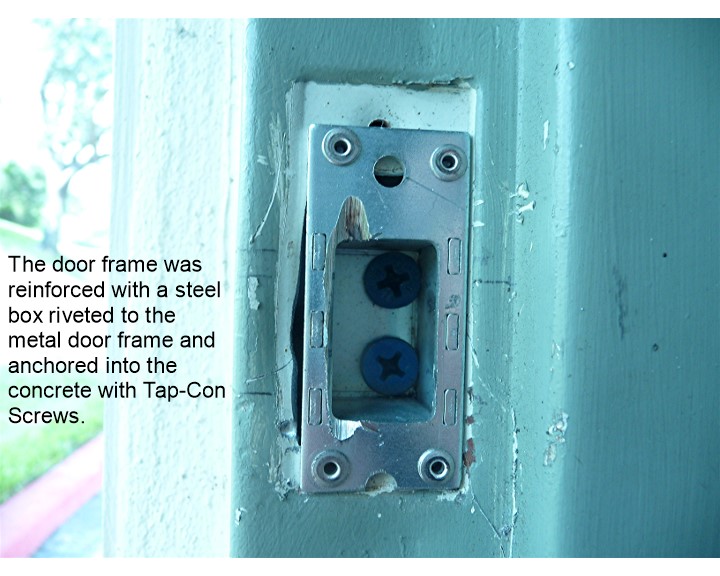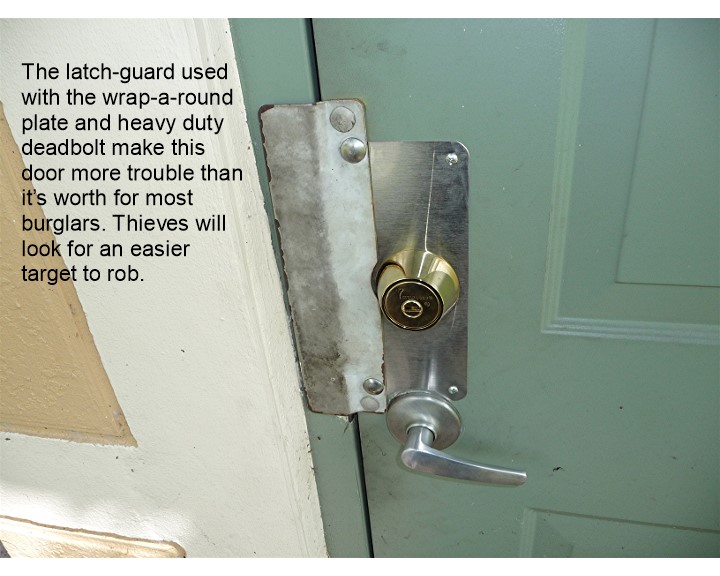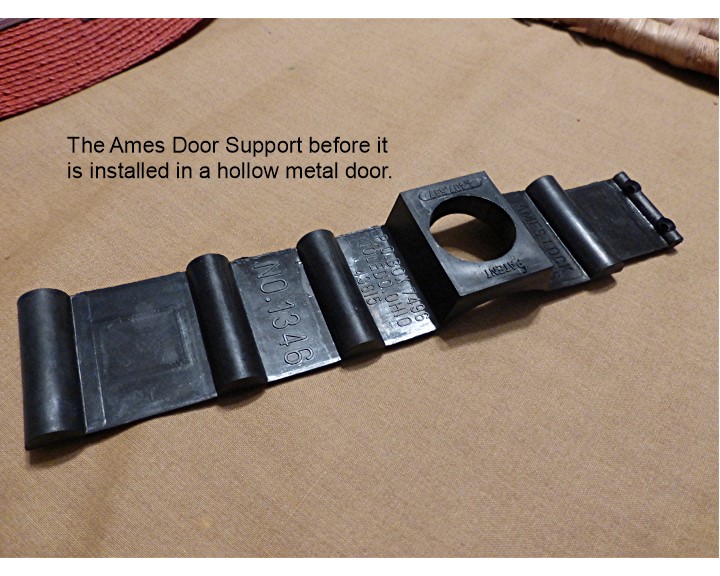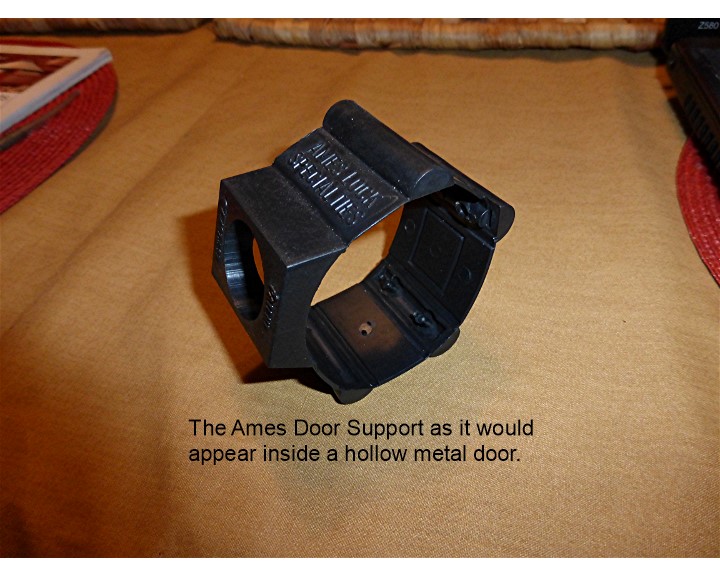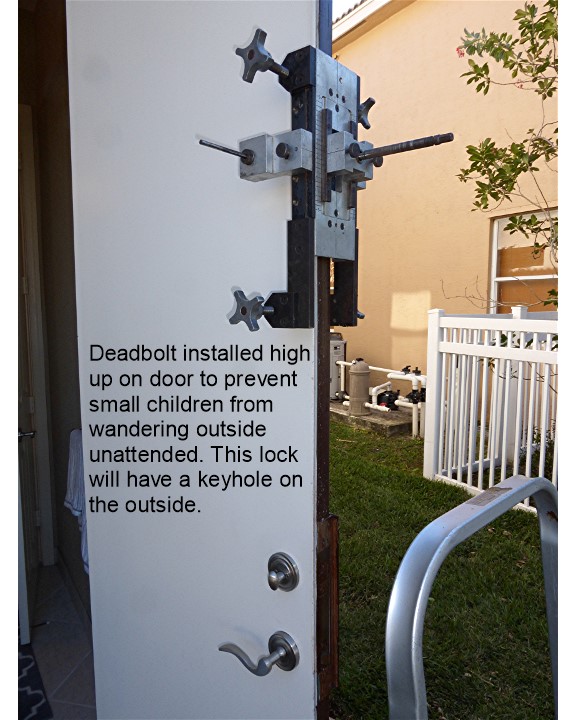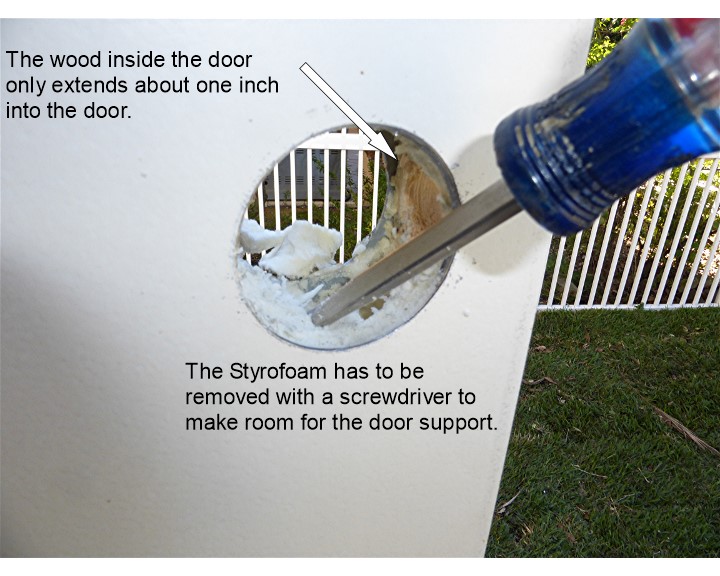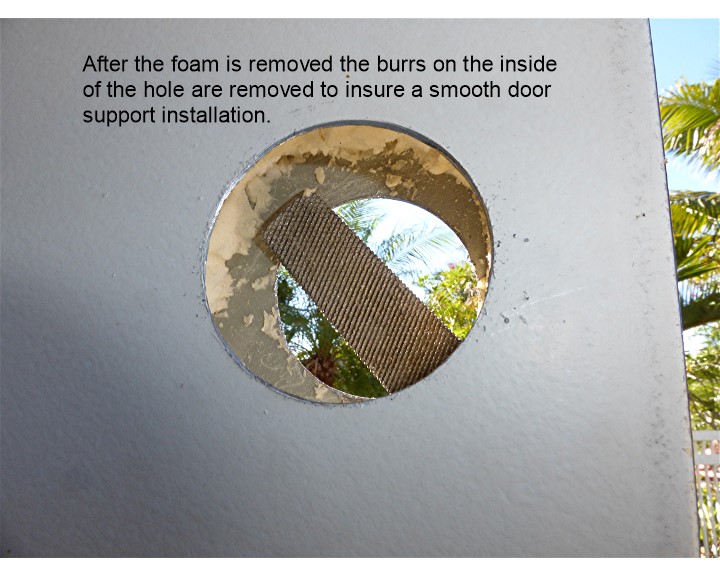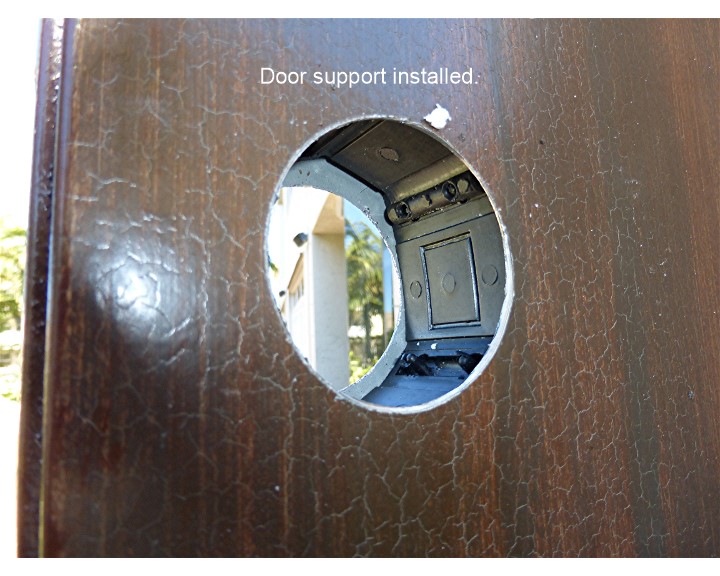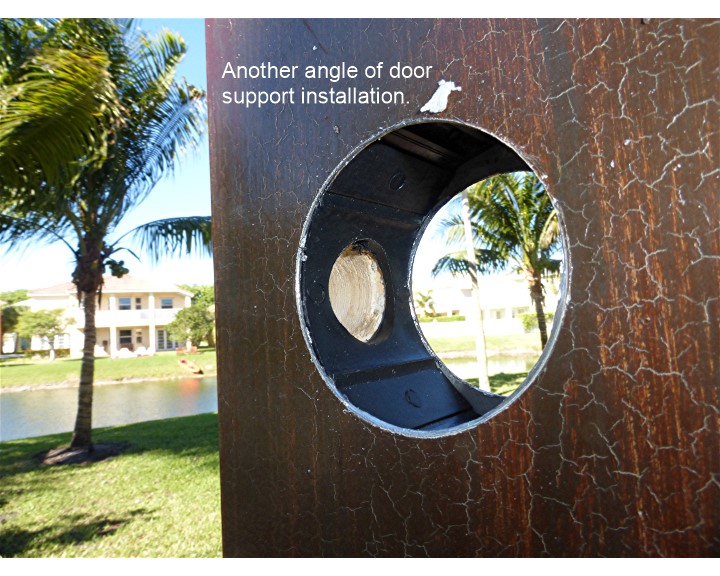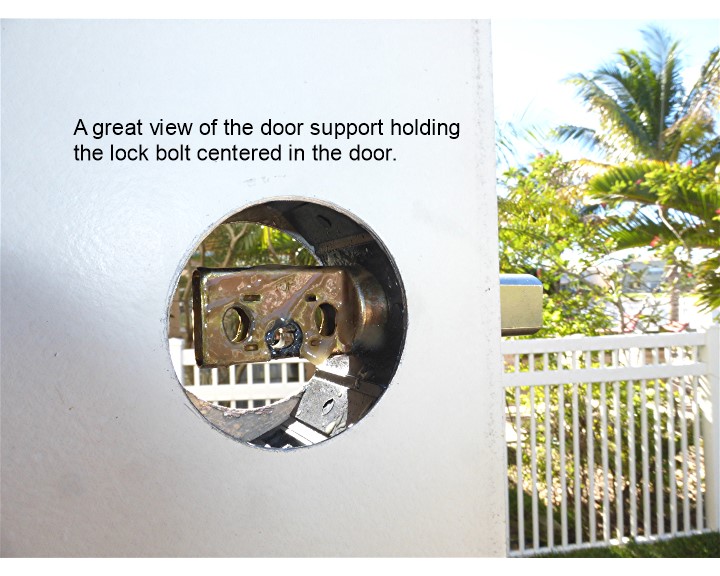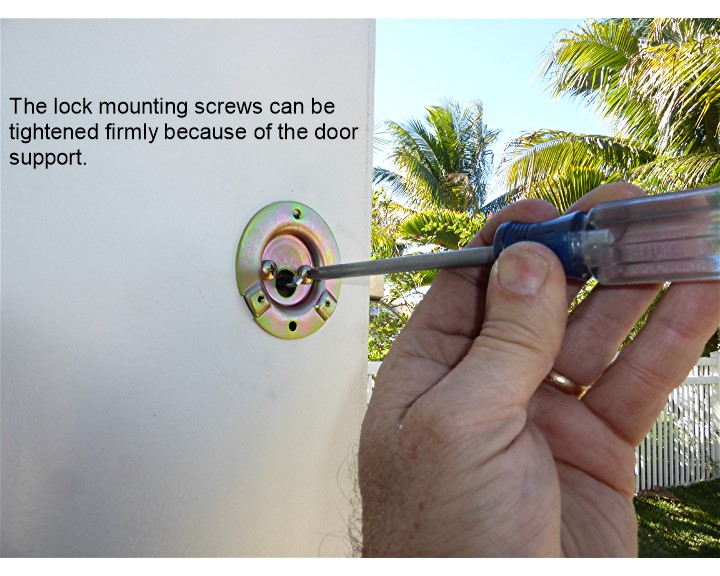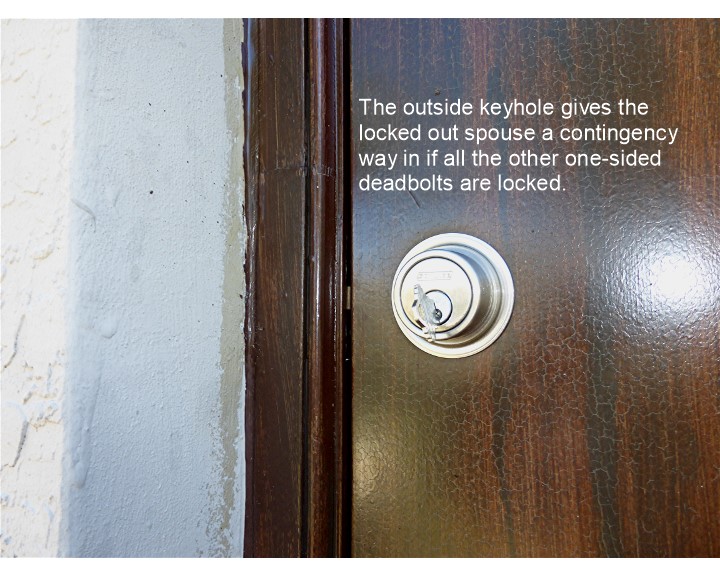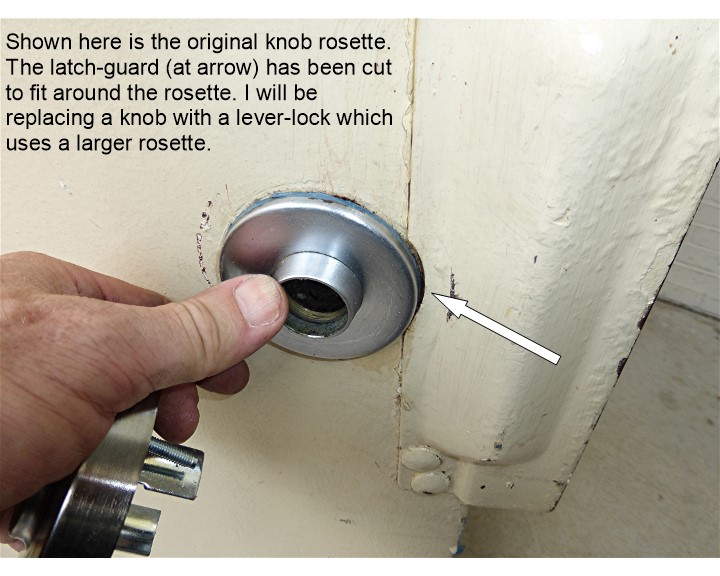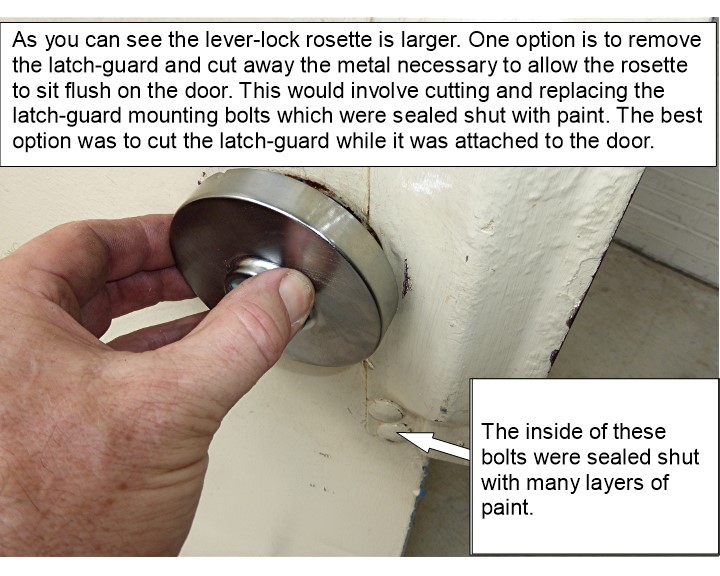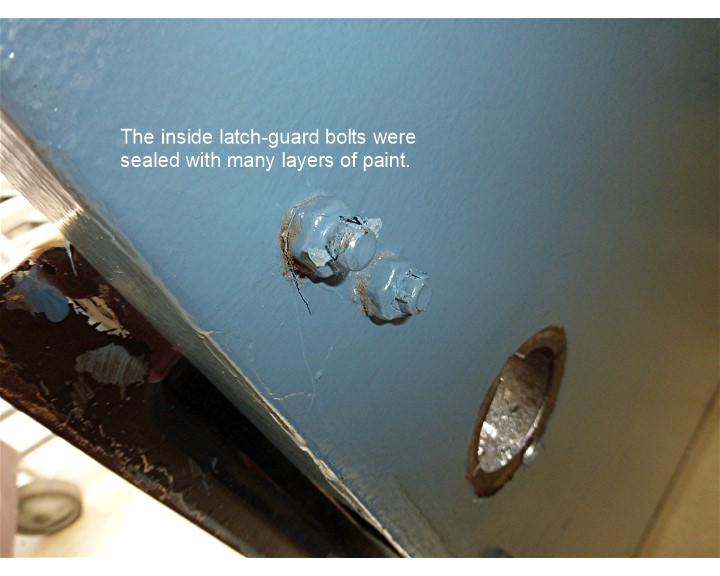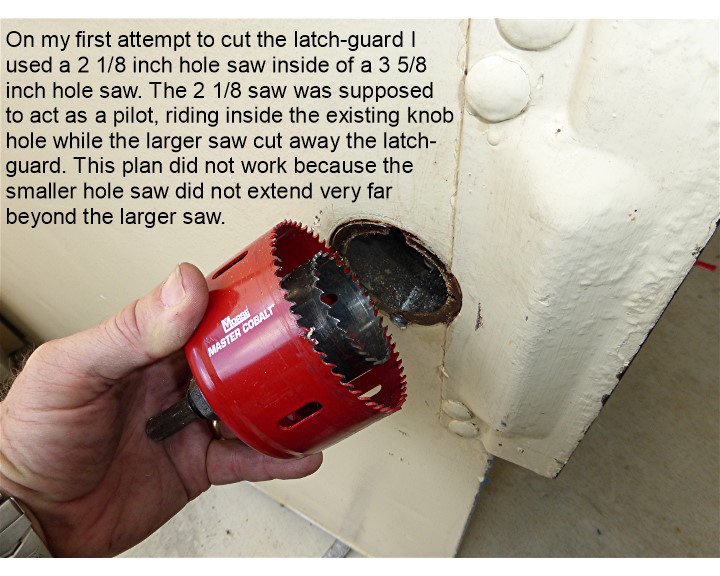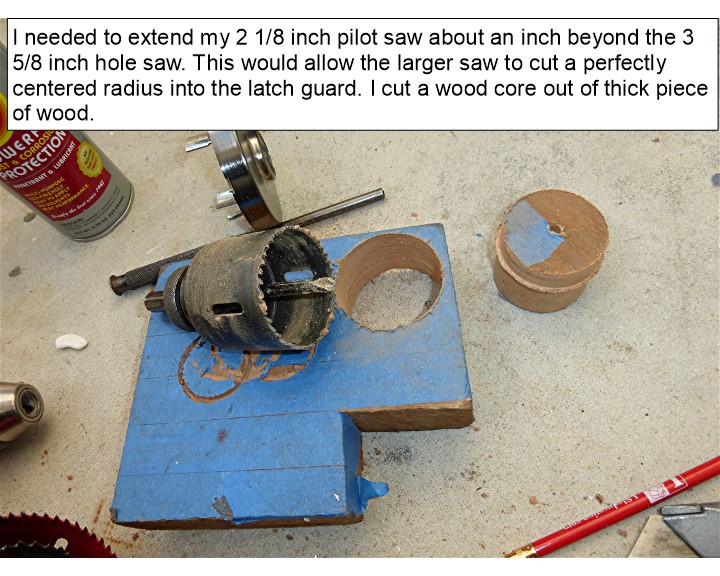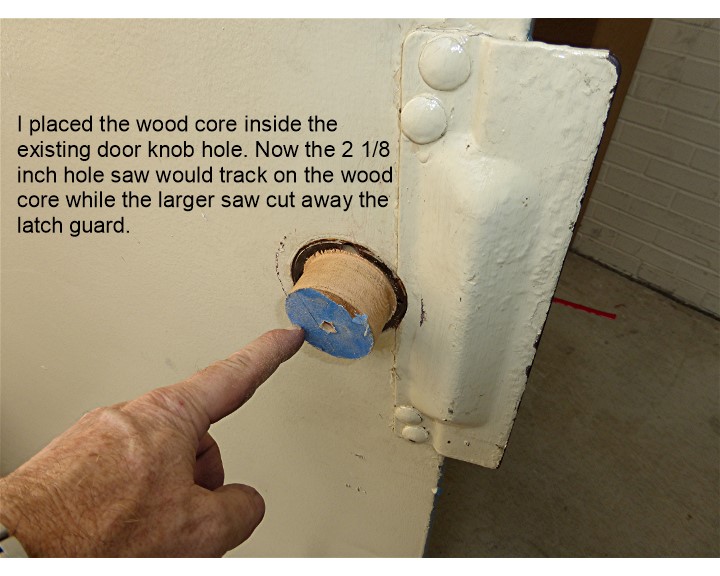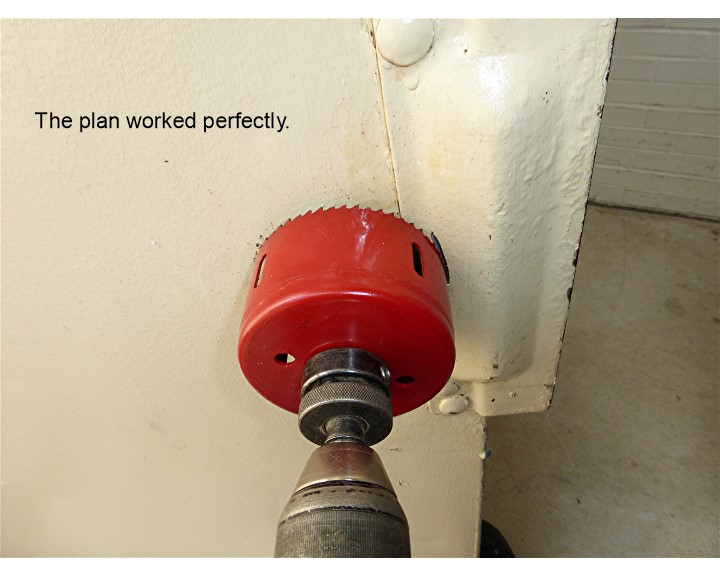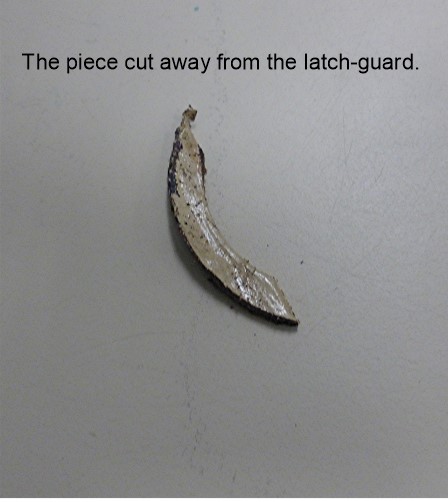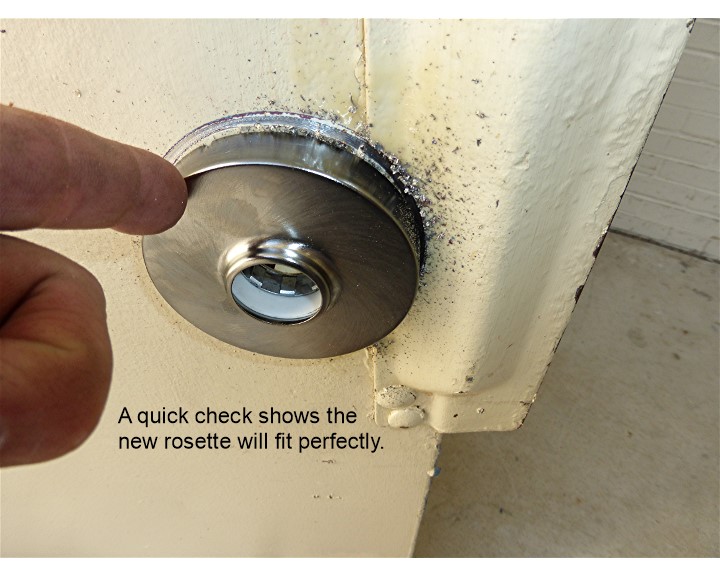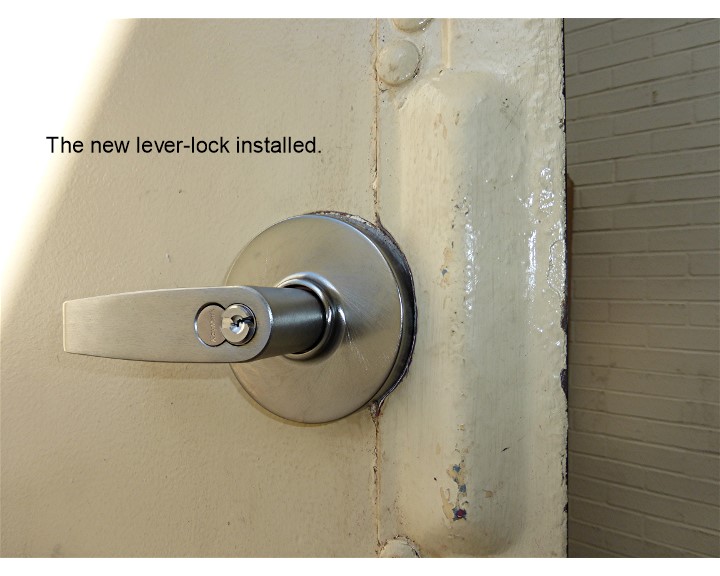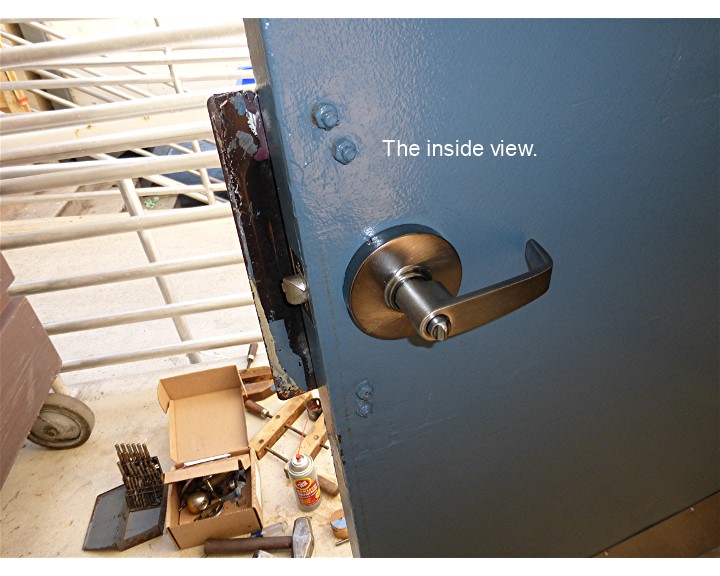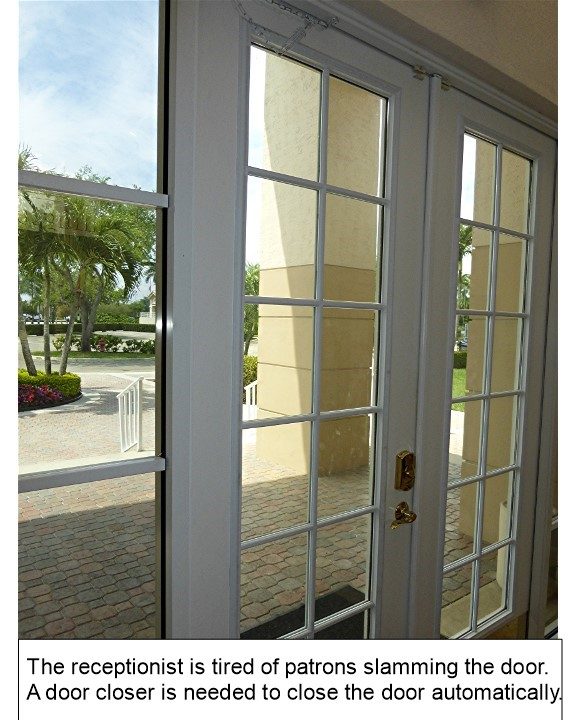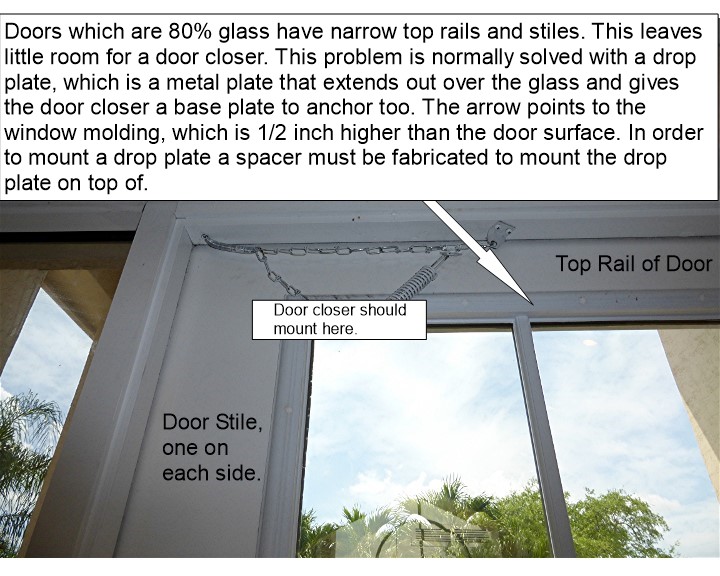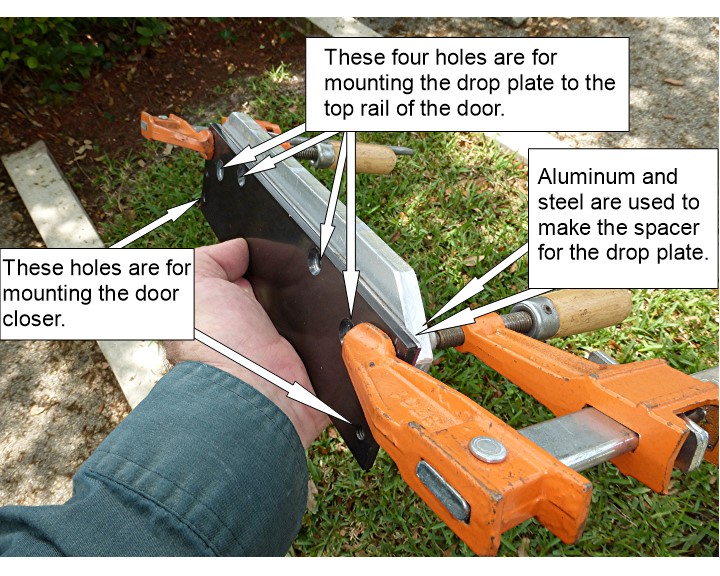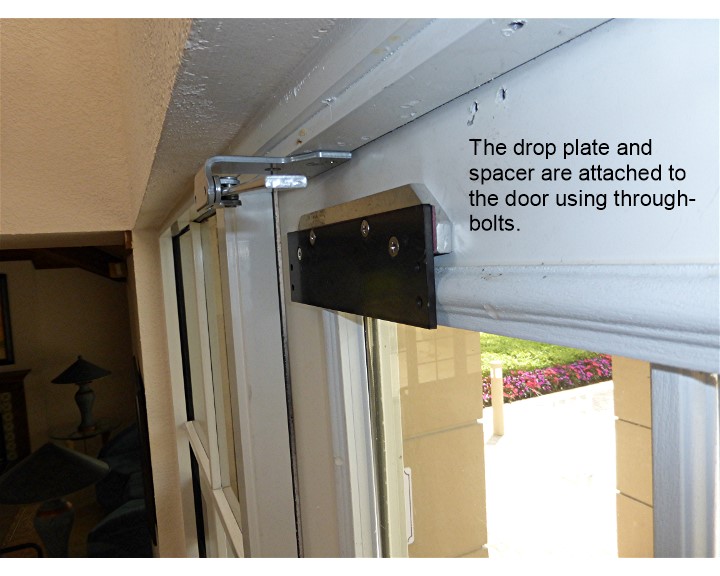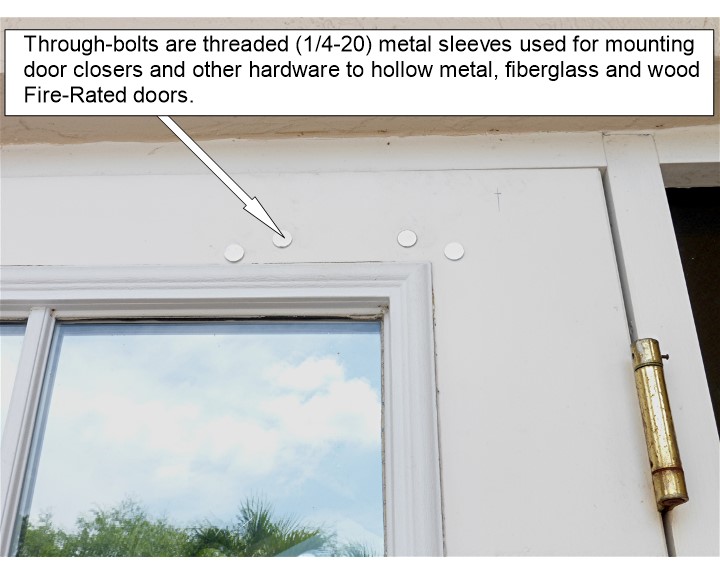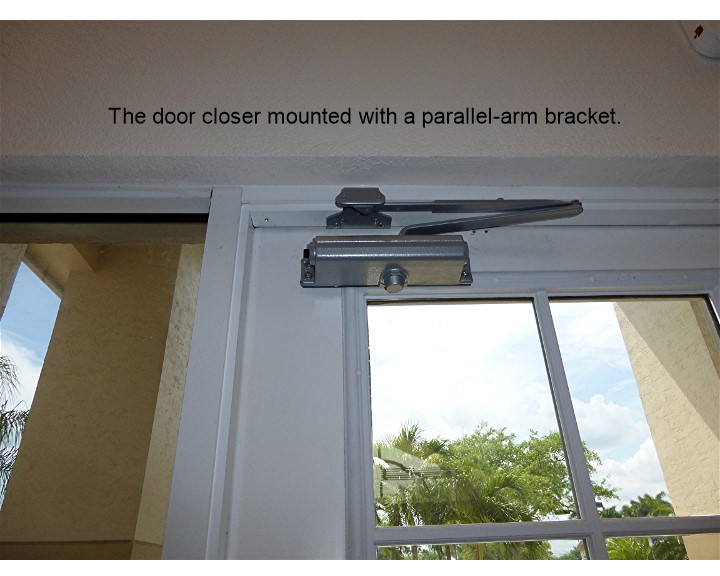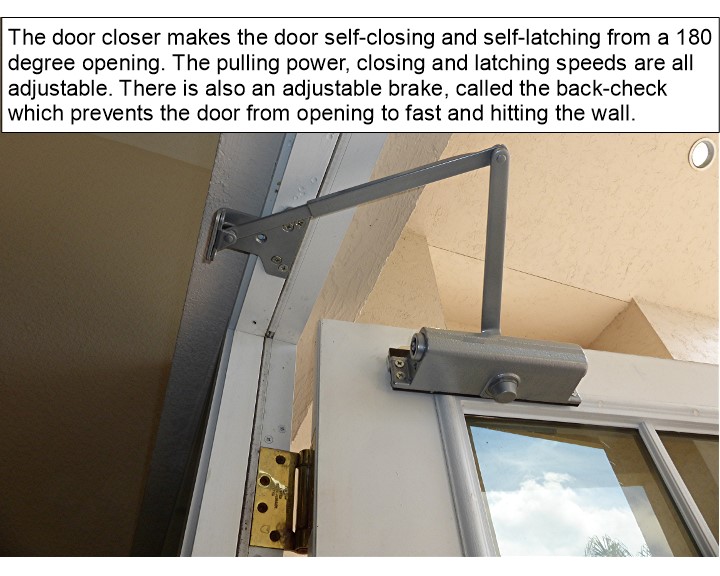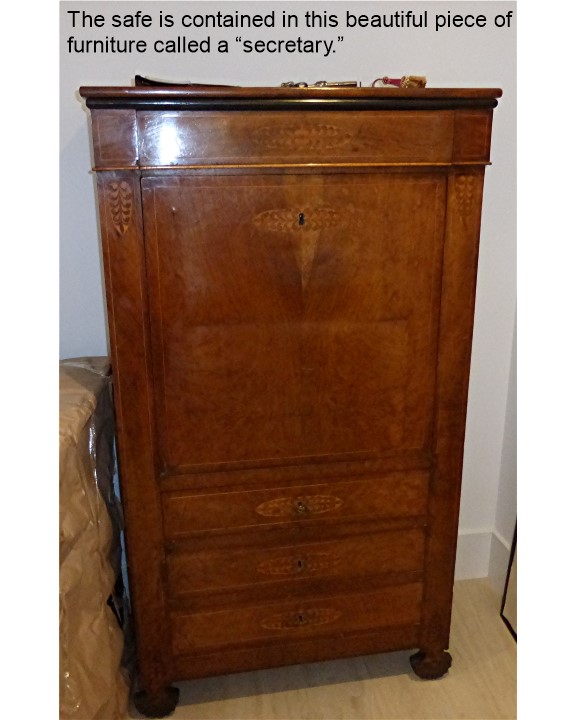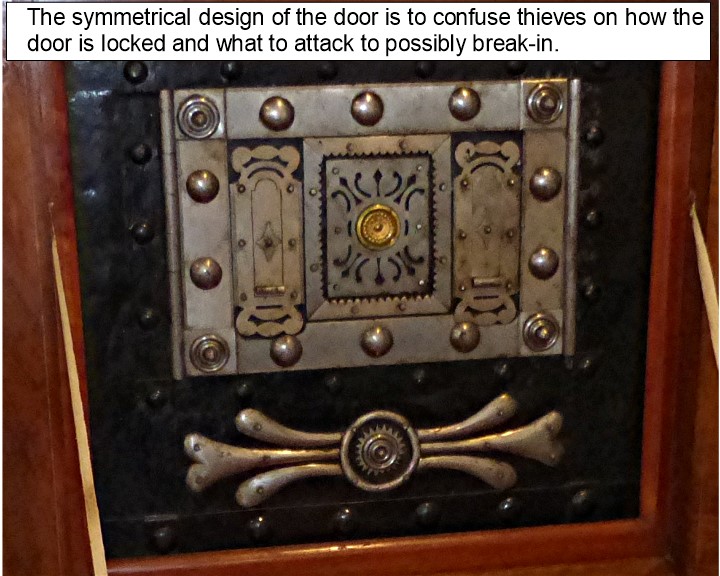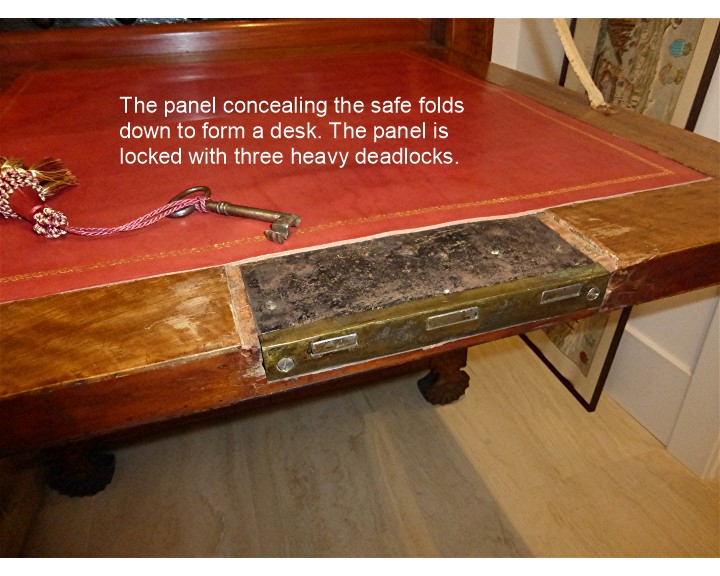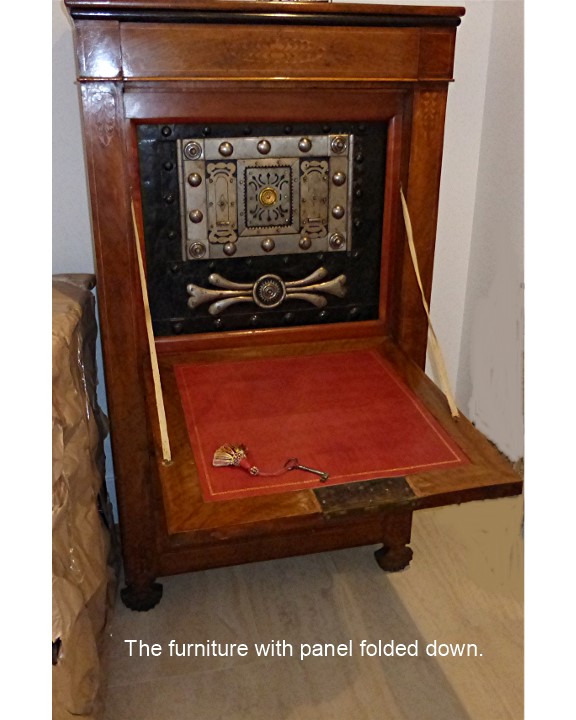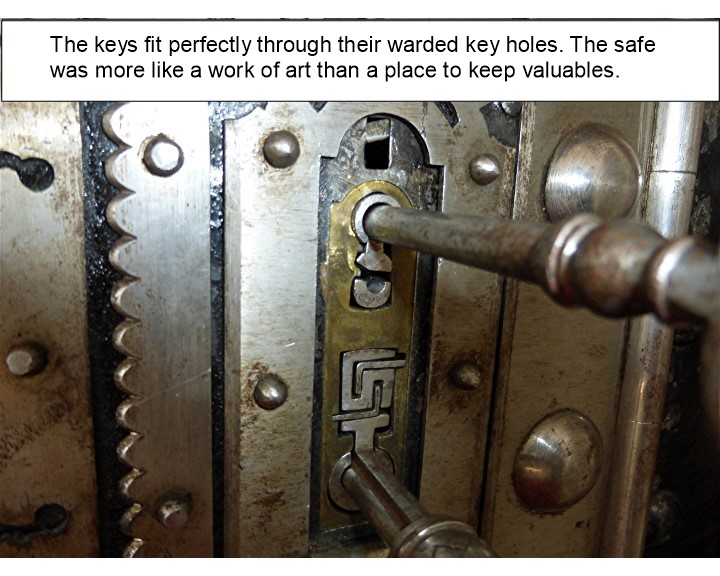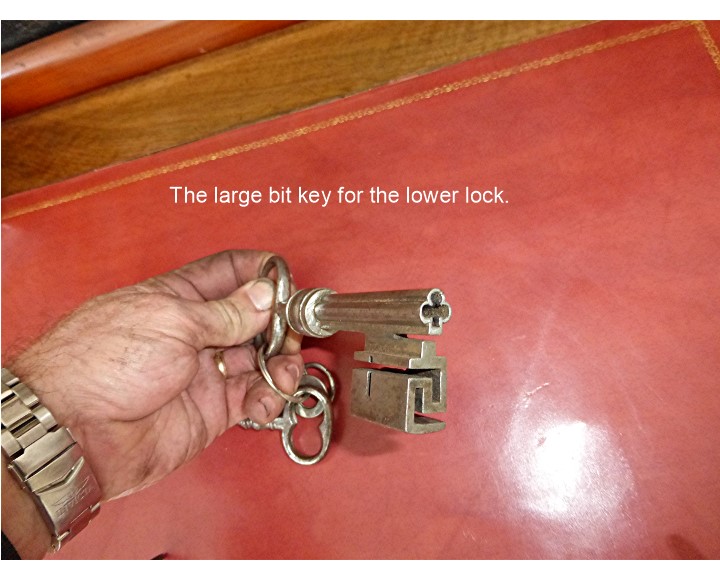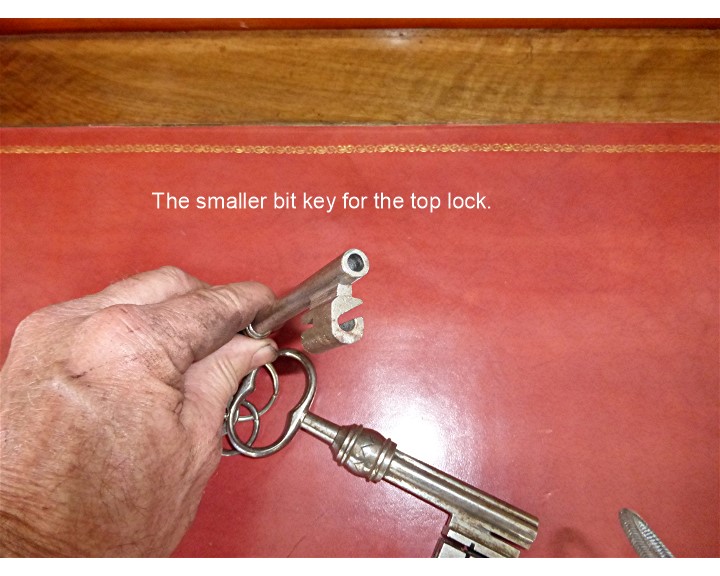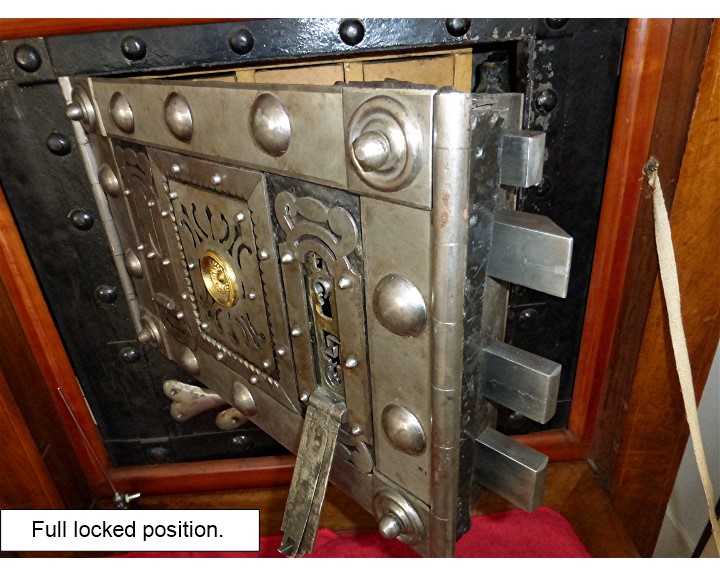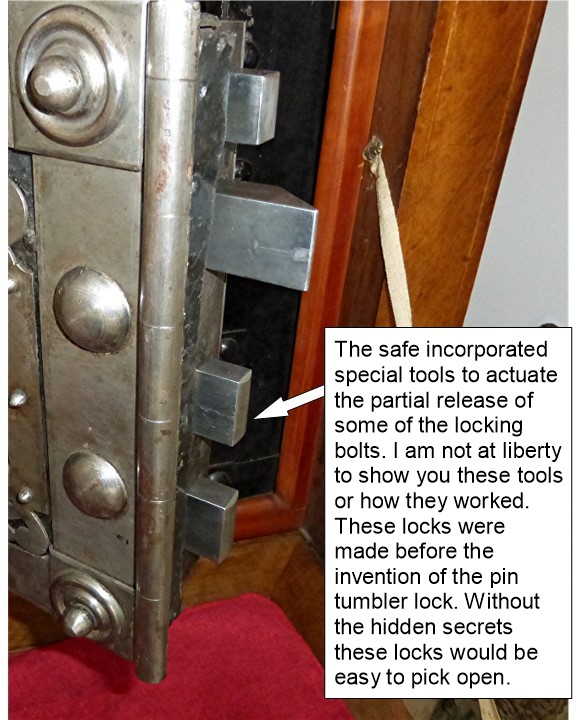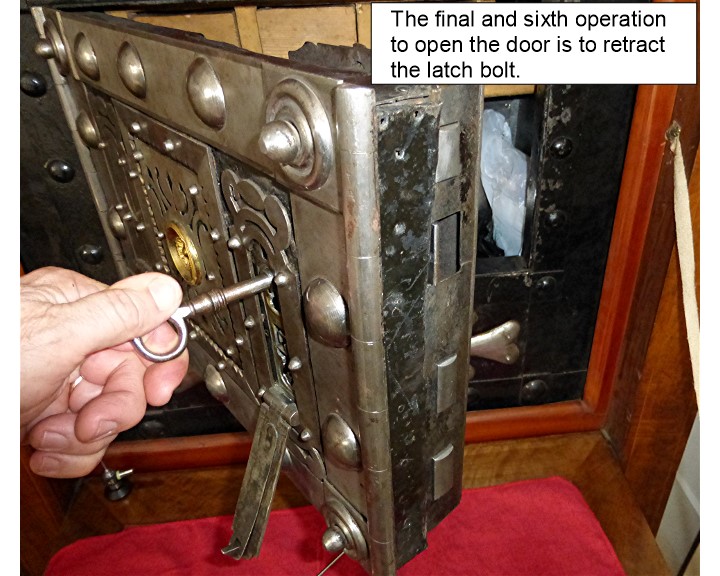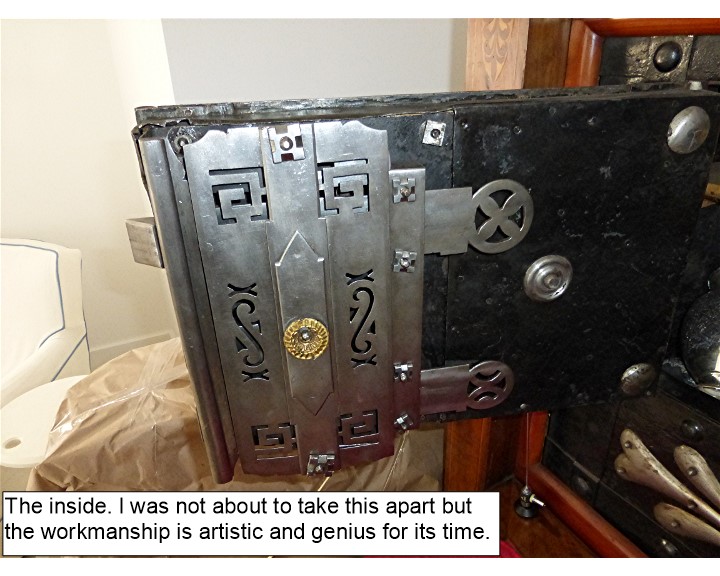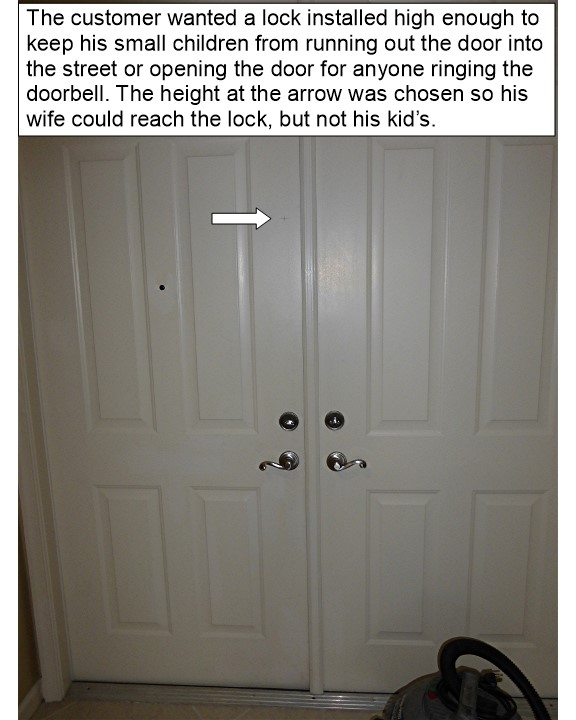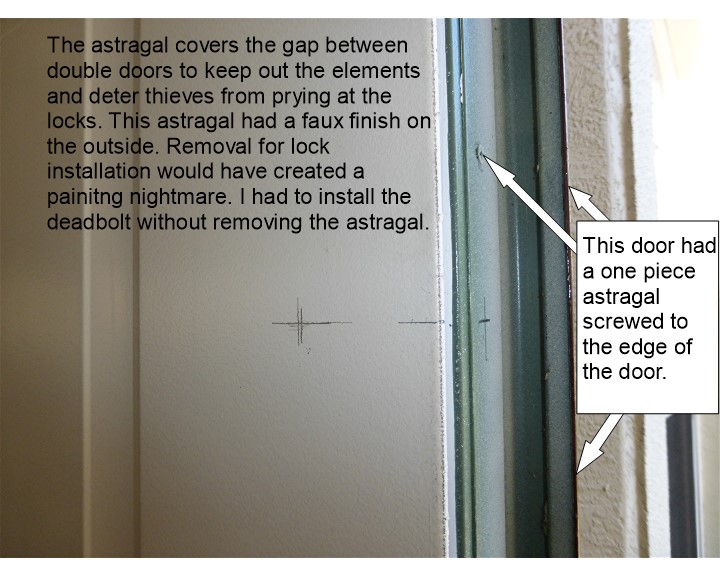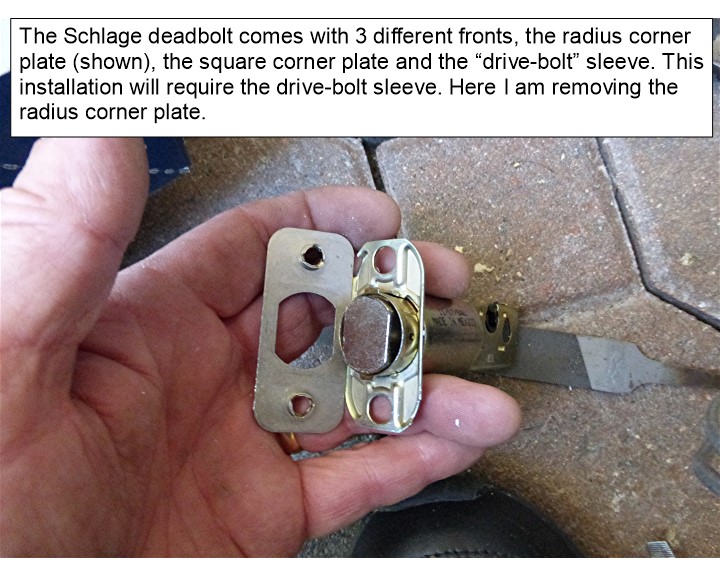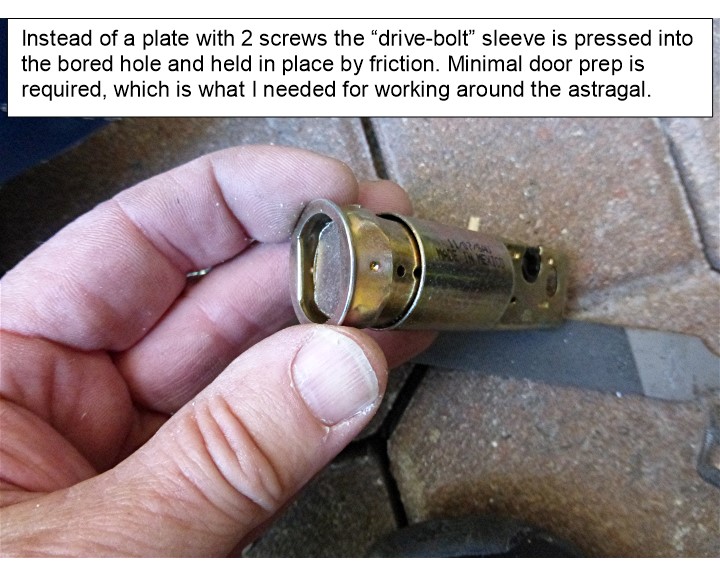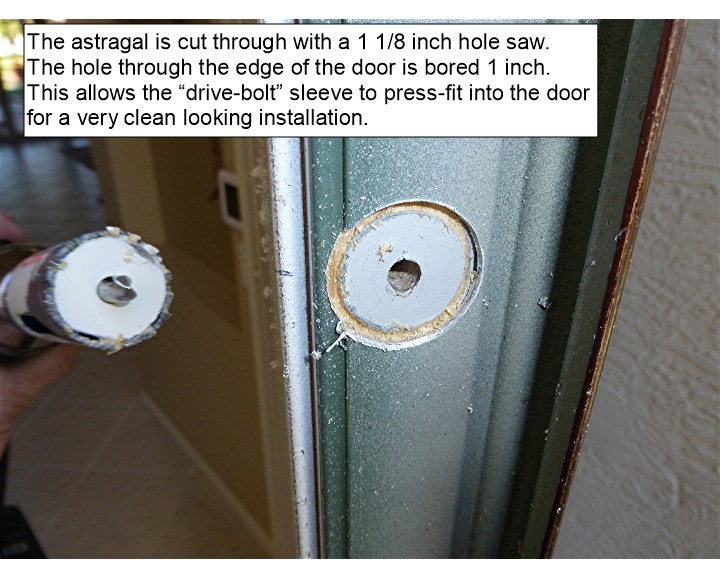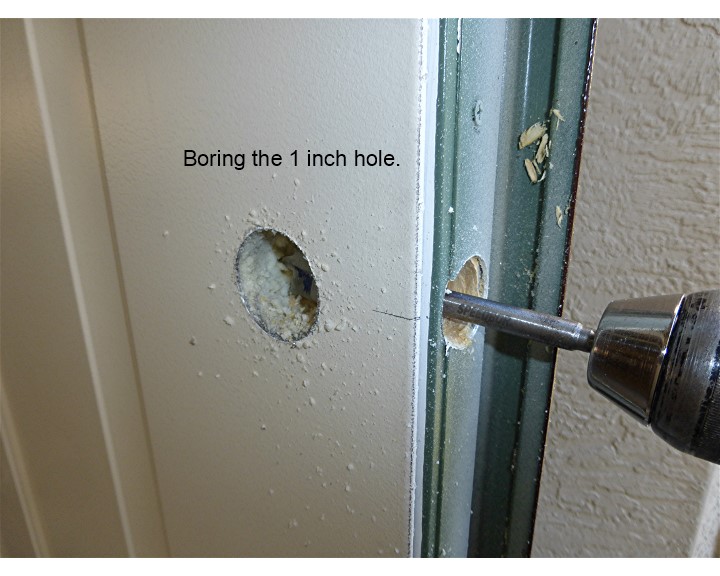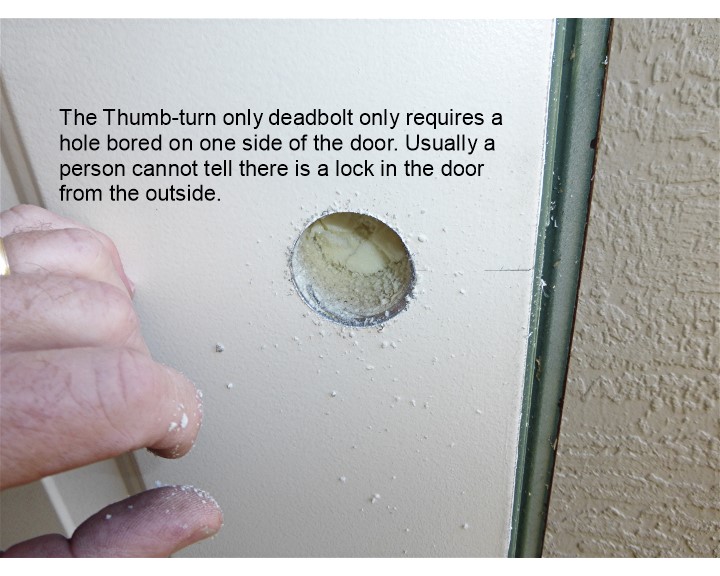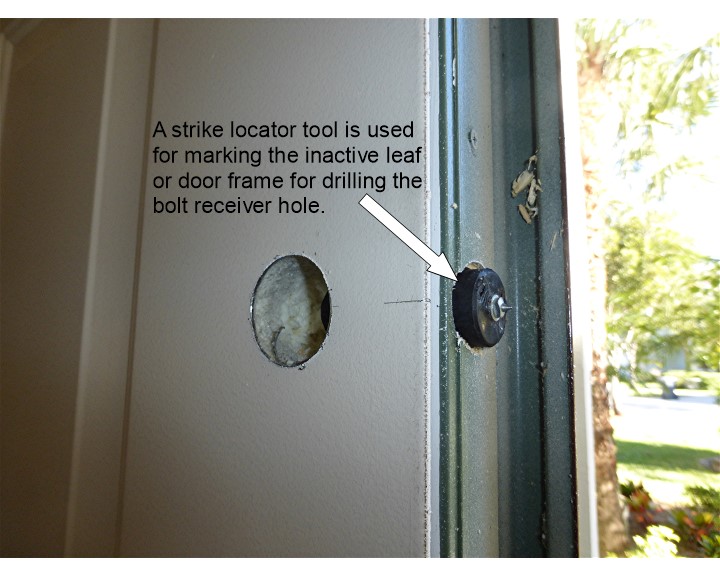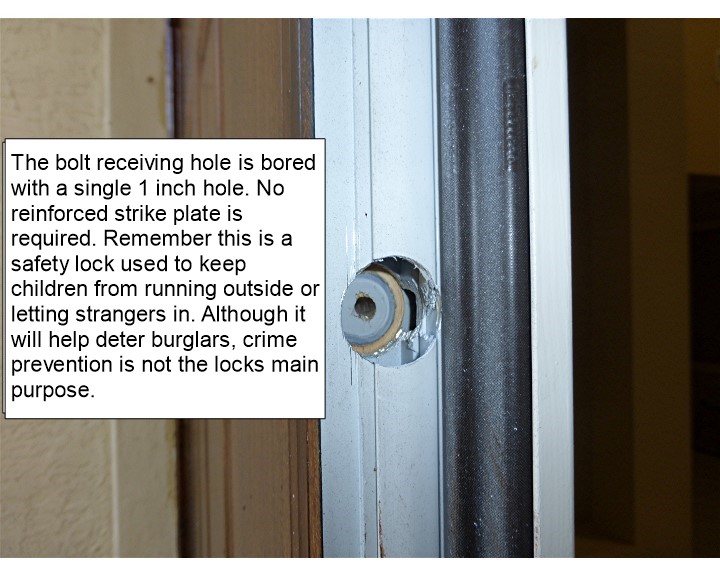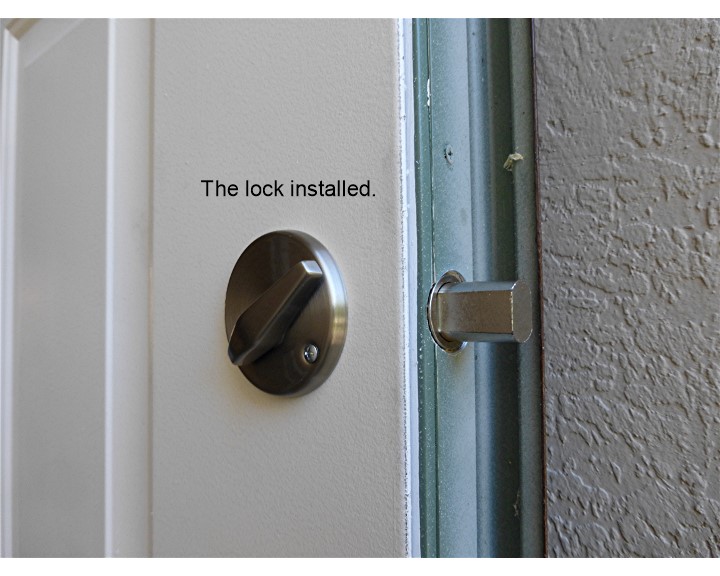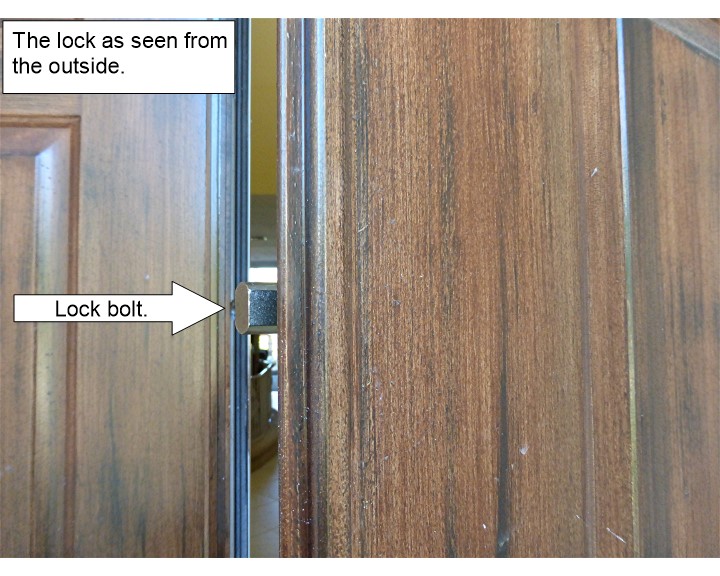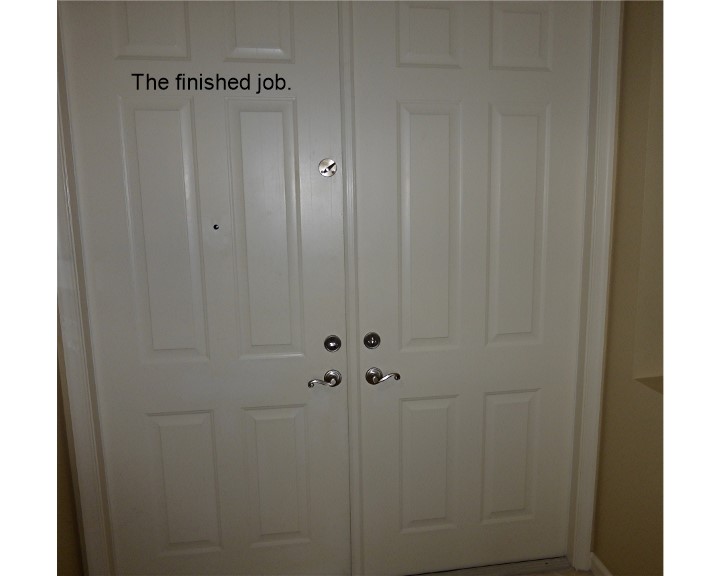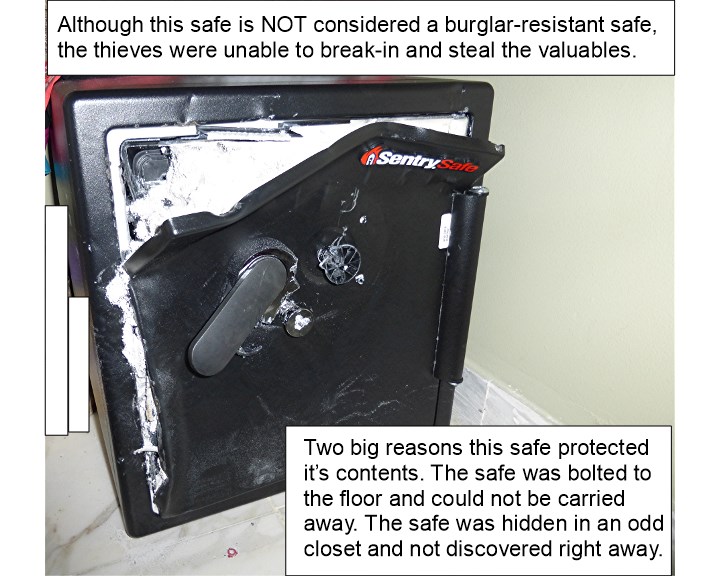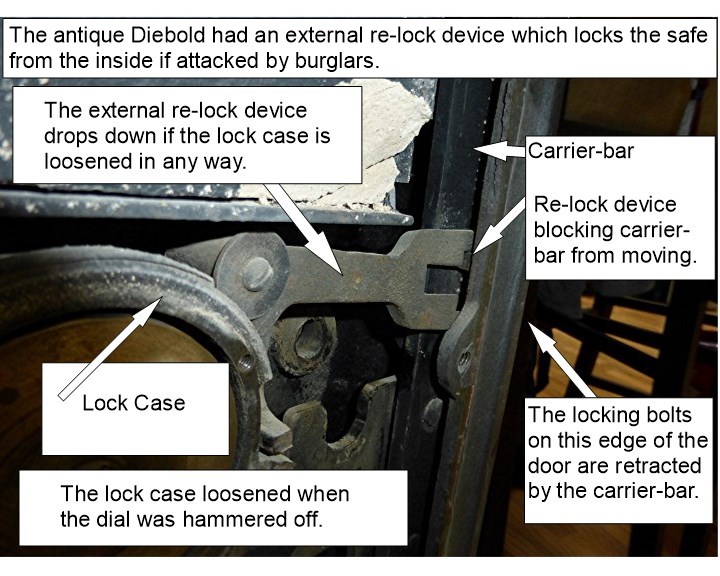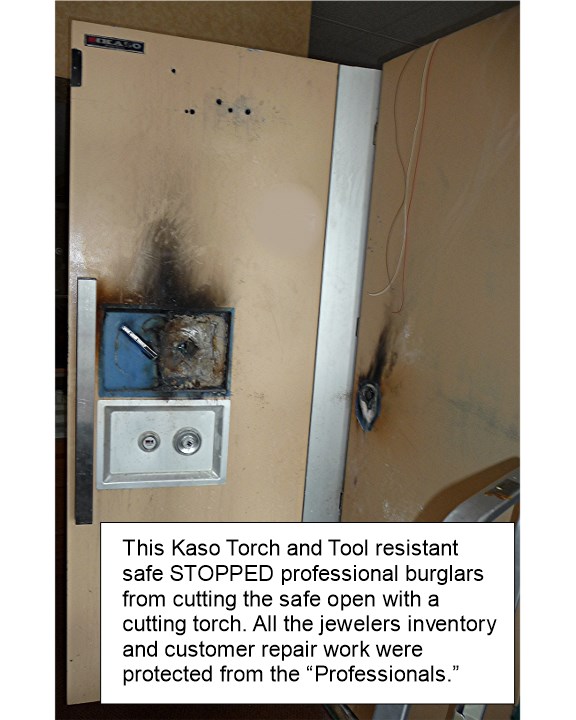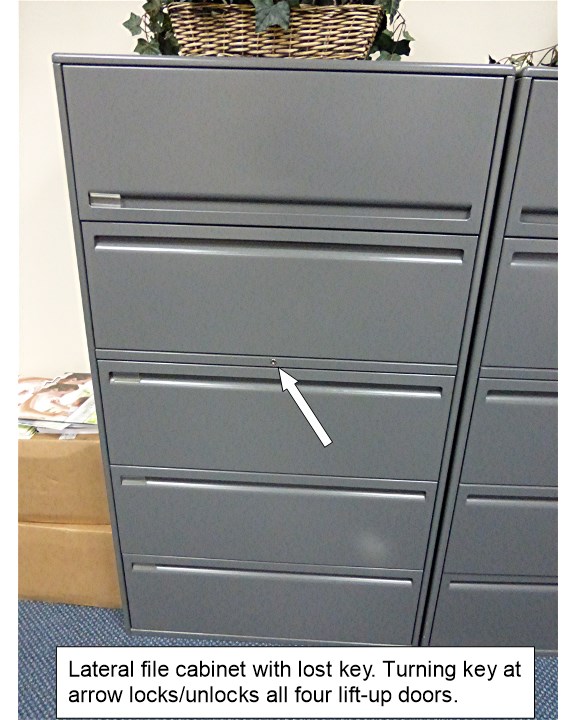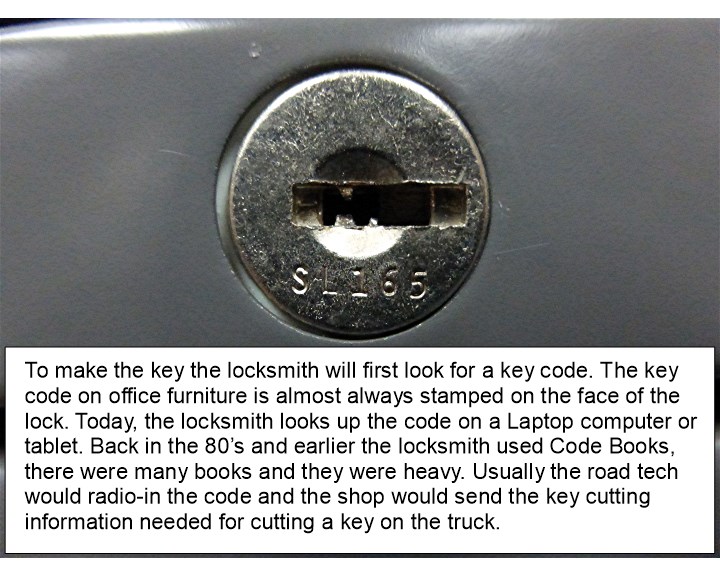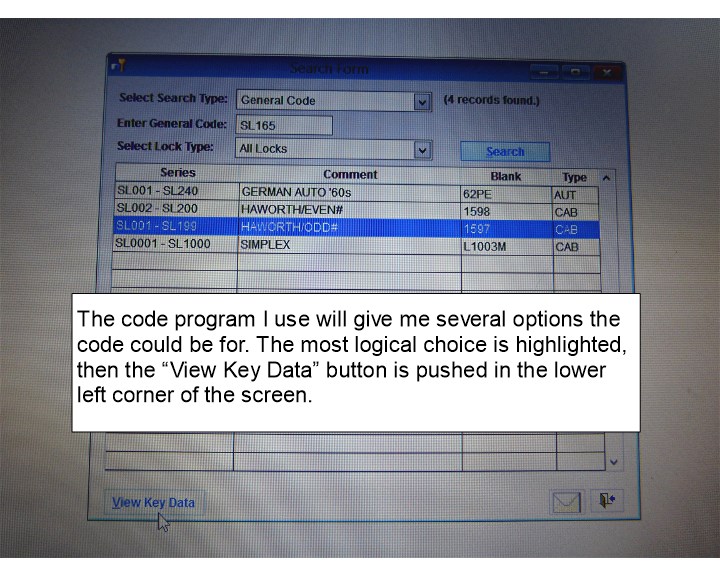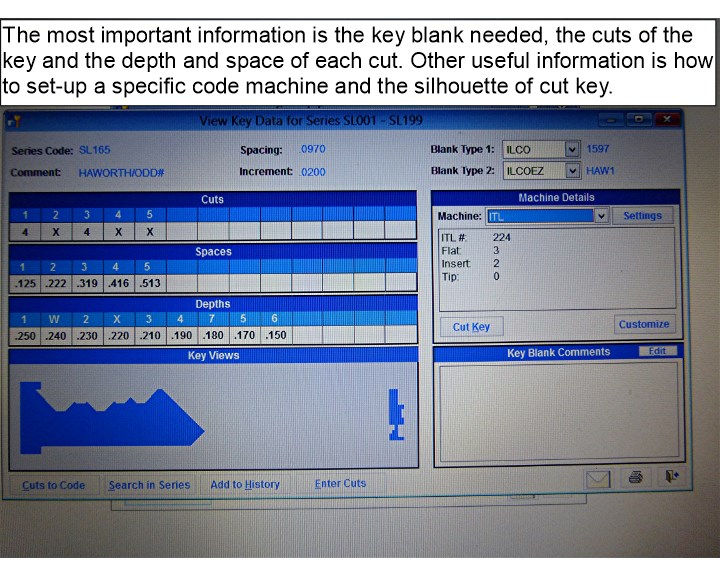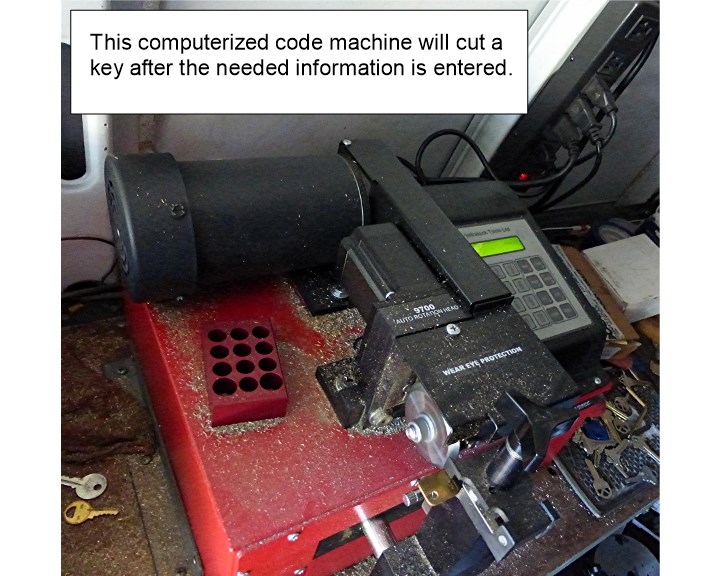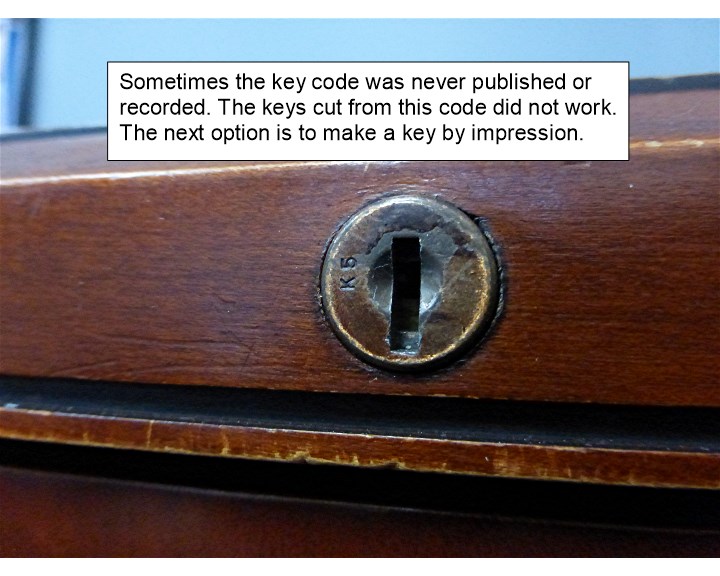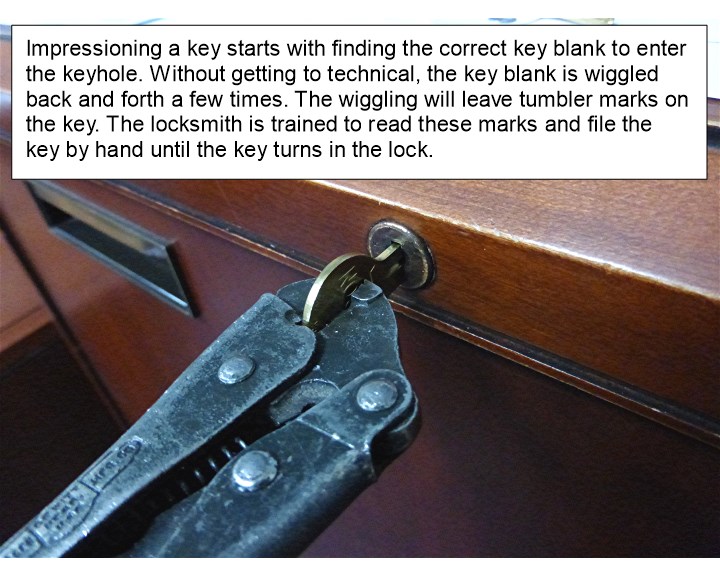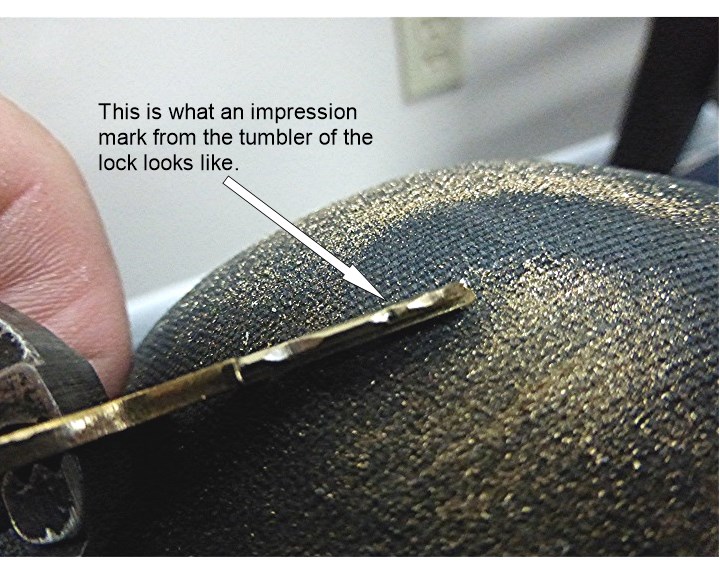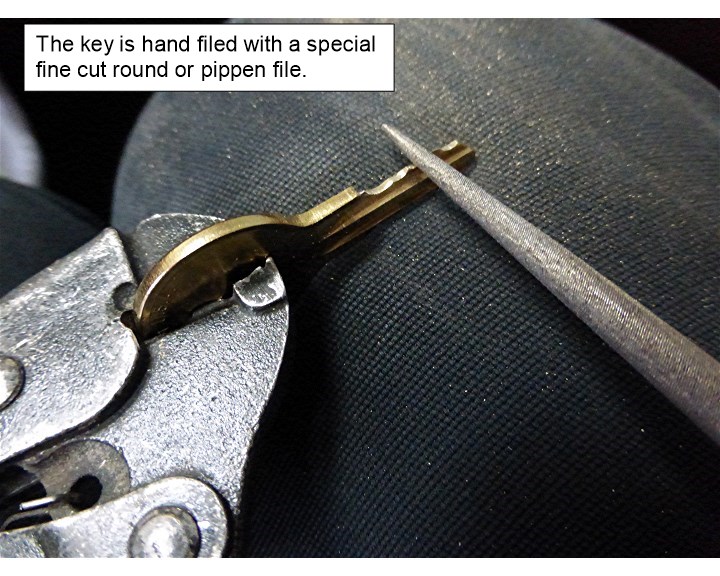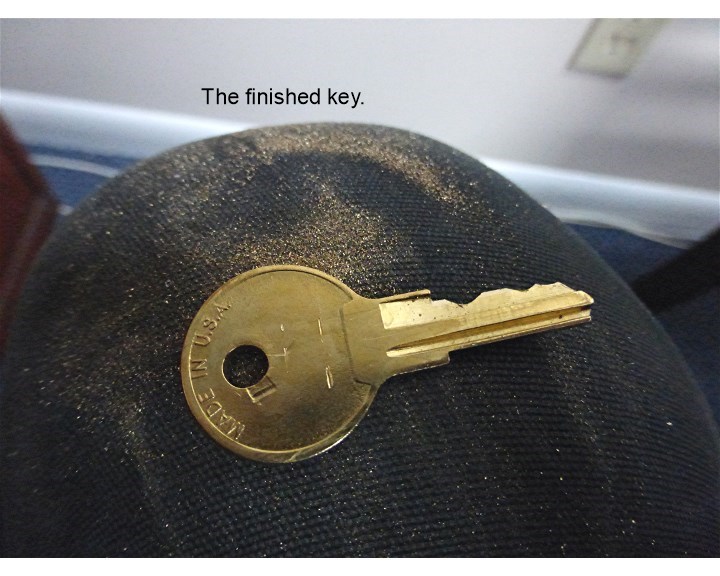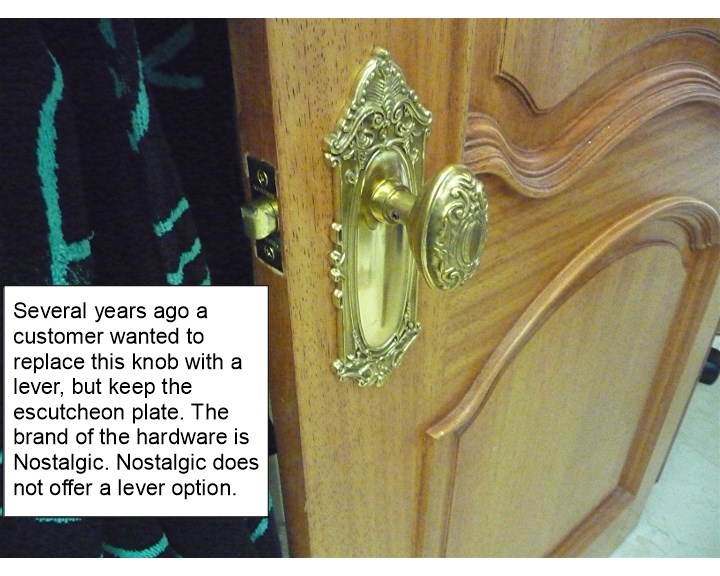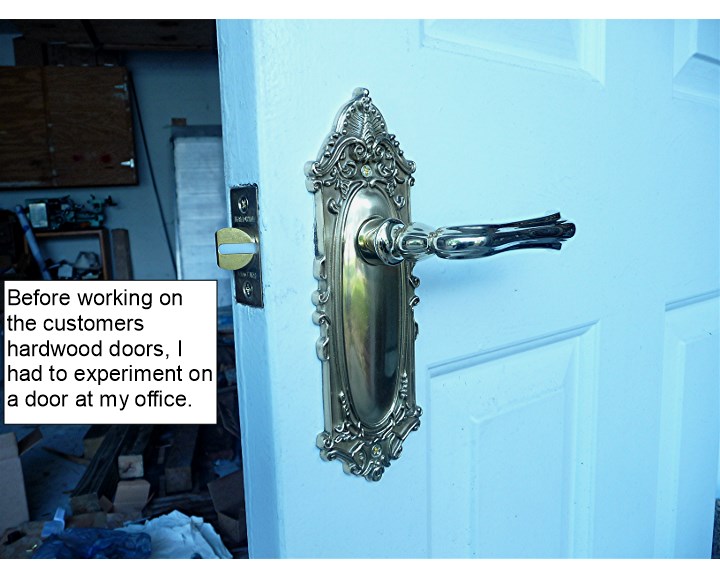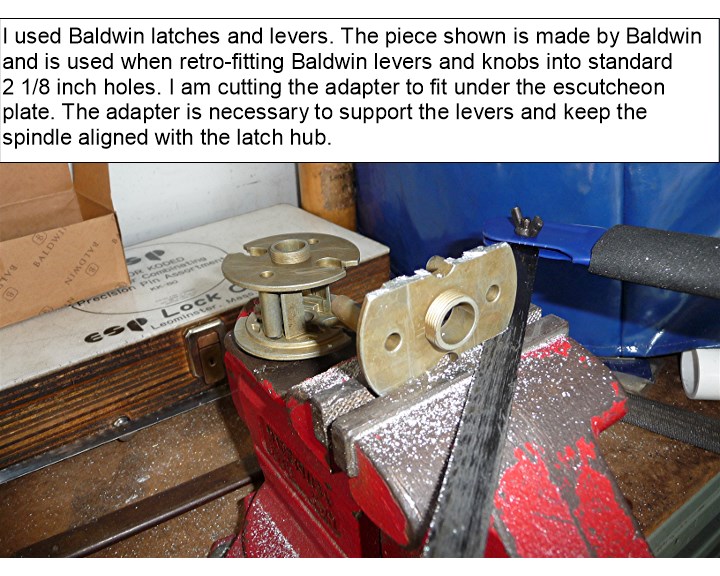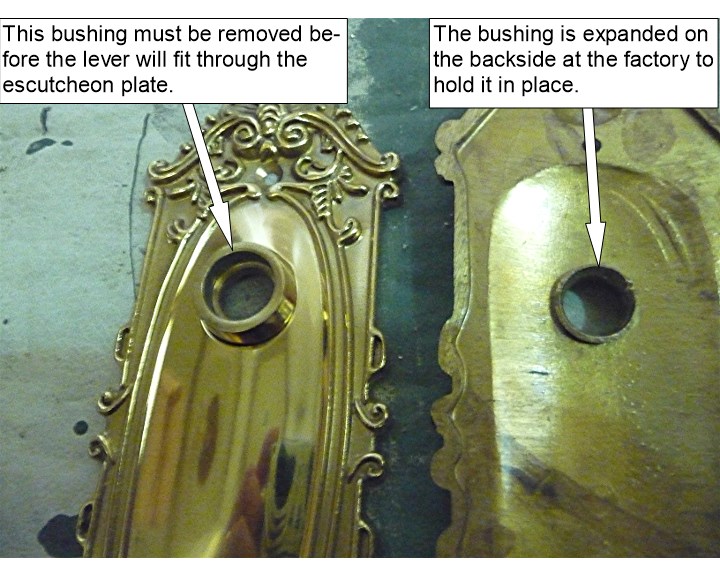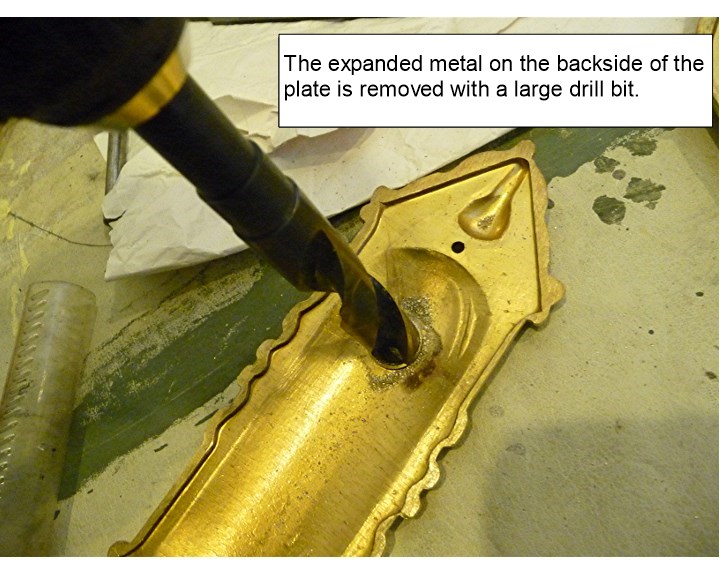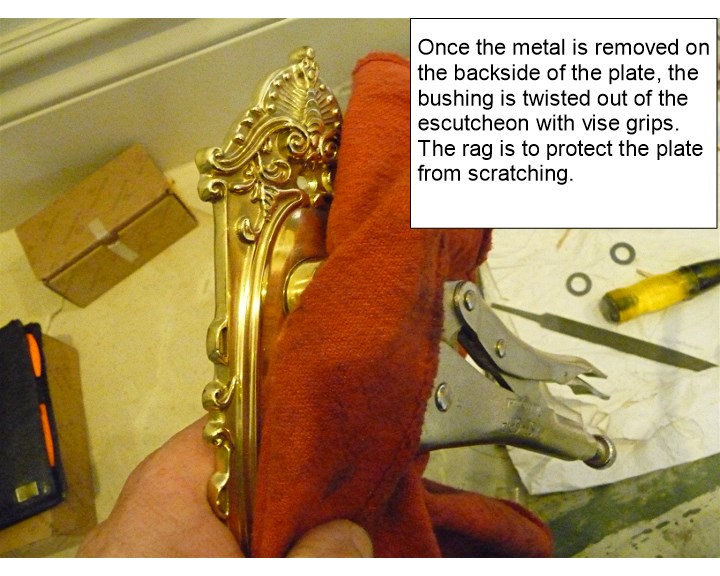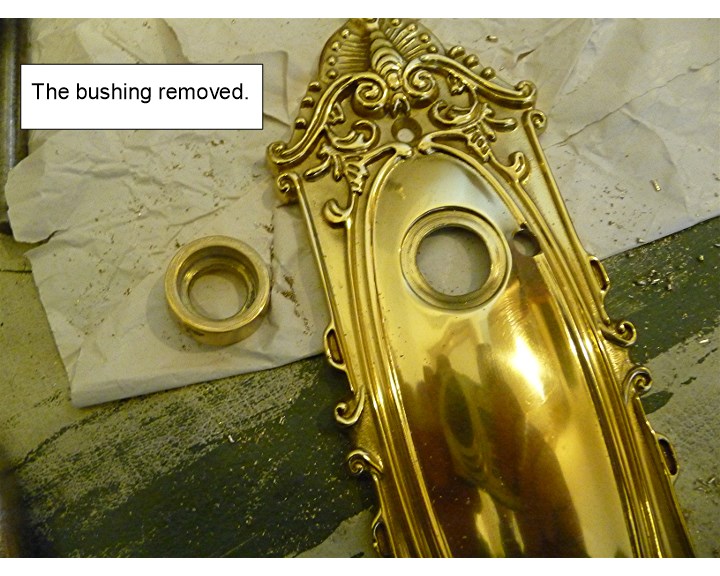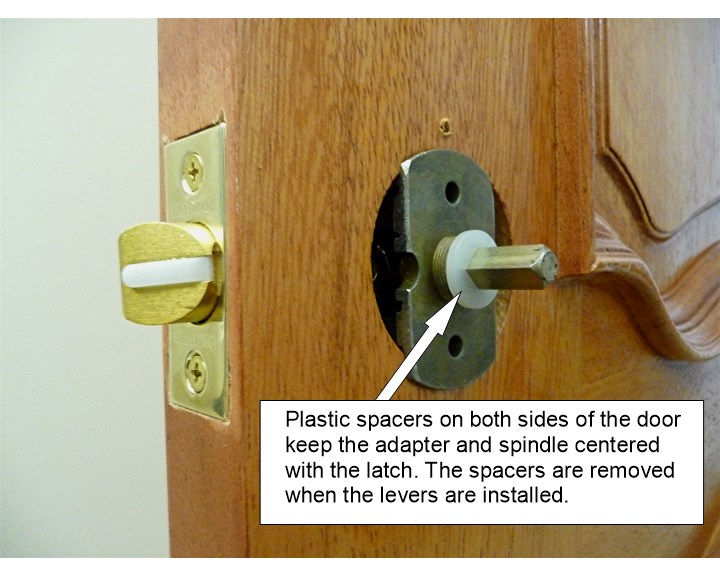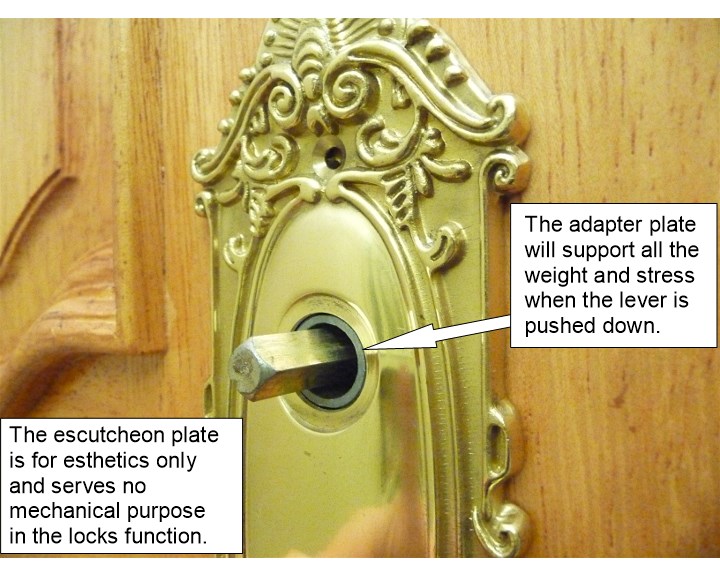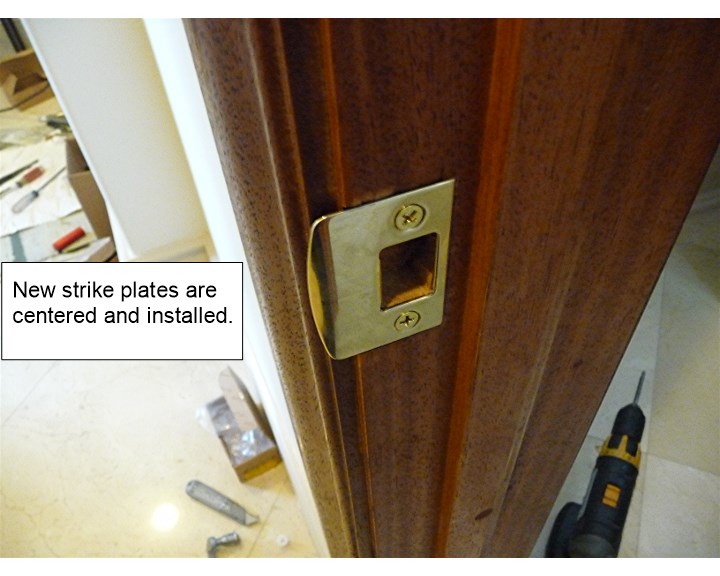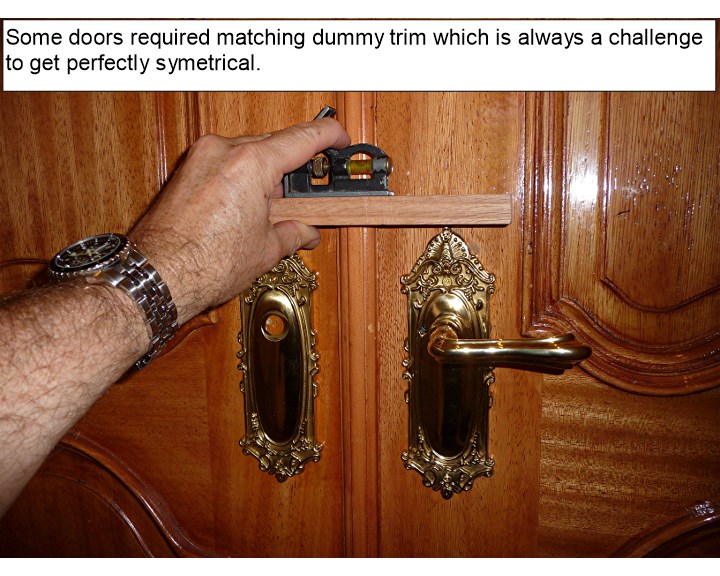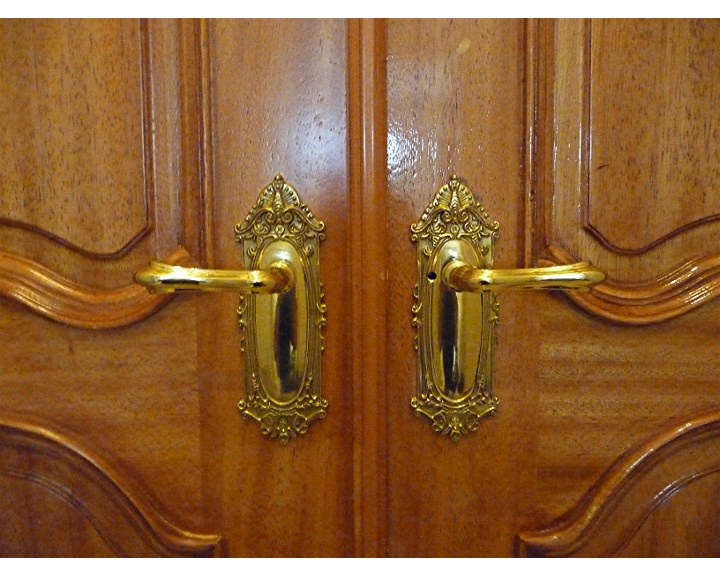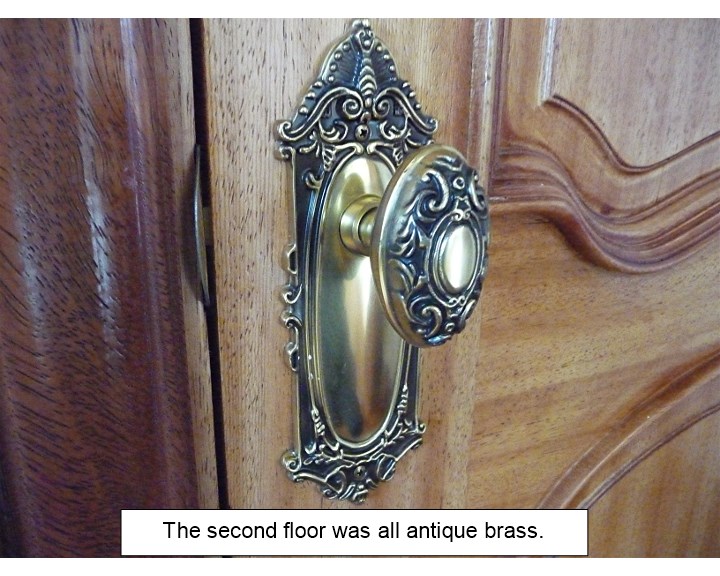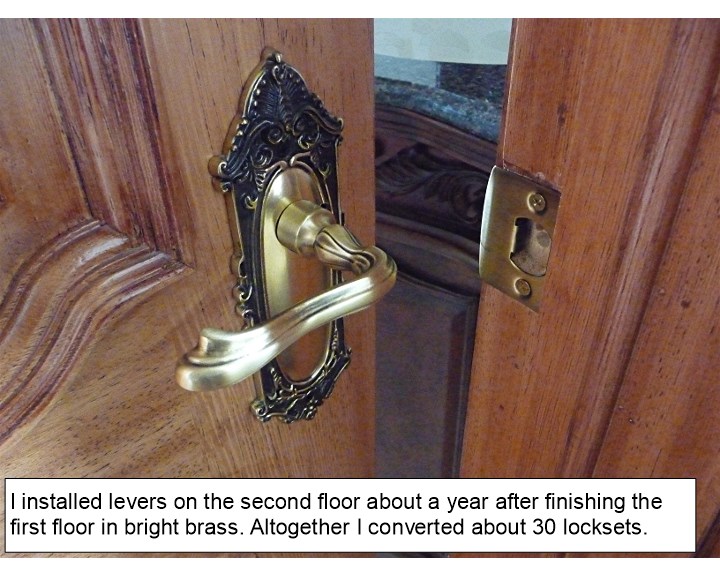In 1949 President Harry Truman consolidated several government agencies into the General Services Administration (GSA). In 1953 President Eisenhower signed an executive order specifying the parameters and requirements for containers protecting Top Secret material. One of these requirements was the container be insulated and protect papers during a fire. Herring-Hall-Marvin built and sold the first GSA-approved security containers to the US Government in 1955. In 1961 President Kennedy removed the fire protection requirement for containers storing Top Secret material. (a)
GSA-approved containers are built to deter and detect access of Classified, Secret and Top Secret material against unauthorized persons. The purpose of the GSA container is to show evidence someone broke in and stole government secrets. The time of the break-in can be narrowed down, video surveillance can be reviewed and possibly a suspect apprehended. More importantly undercover agents whose cover may be revealed can be pulled from the field and out of harms way. The worst possible situation is a surreptitious break-in where secrets are stolen but no evidence is detected.

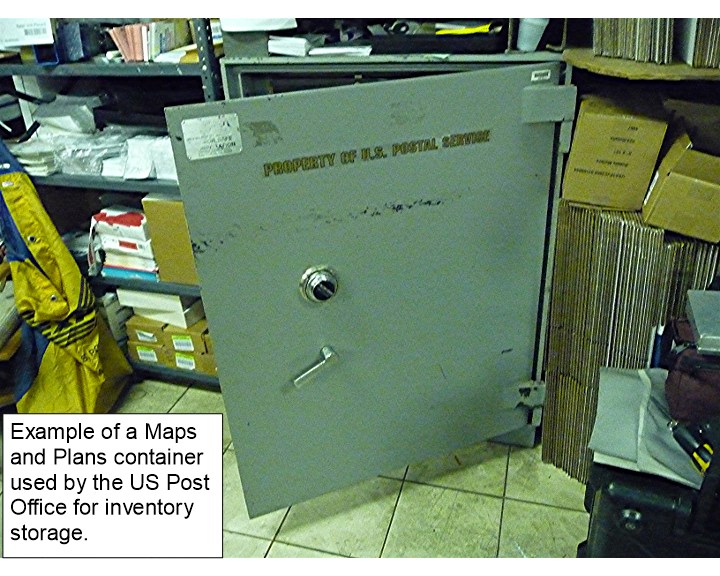
There are 8 GSA Classes. The class number has no bearing on the protection provided, but rather the order in which the class was specified by the US Government. Class 1 and 2 were the only containers insulated against fire. The fire protection requirement may have been lifted because the government would rather lose secret documents than have them preserved only to fall into unauthorized or enemy hands. Currently only Class 5 and 6 containers and vault doors are being manufactured.
The protection requirements for a Class 5 containers is:
20 man-hours against surreptitious entry
30 man minutes against covert entry
10 man-minutes against forced entry
The protection requirements for a Class 6 container is:
20 man-hours against surreptitious entry
30 man-minutes against covert entry
No forced entry requirement
Forced entry is self descriptive, covert entry is a type of entry only detected when the lock or container is inspected. Drilling open the lock and re-installing the dial is an example of a covert entry. The container looks okay until someone tries to use the lock. Surreptitious entry is an undetected breach in security and leaves no evidence.
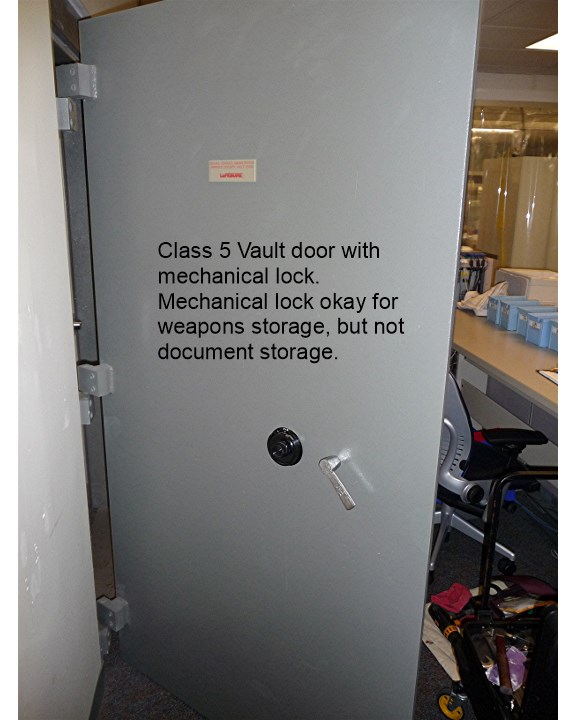
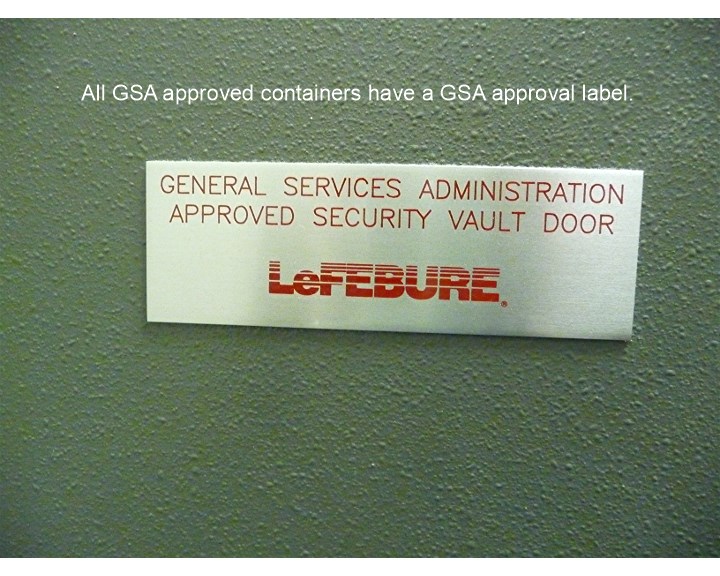
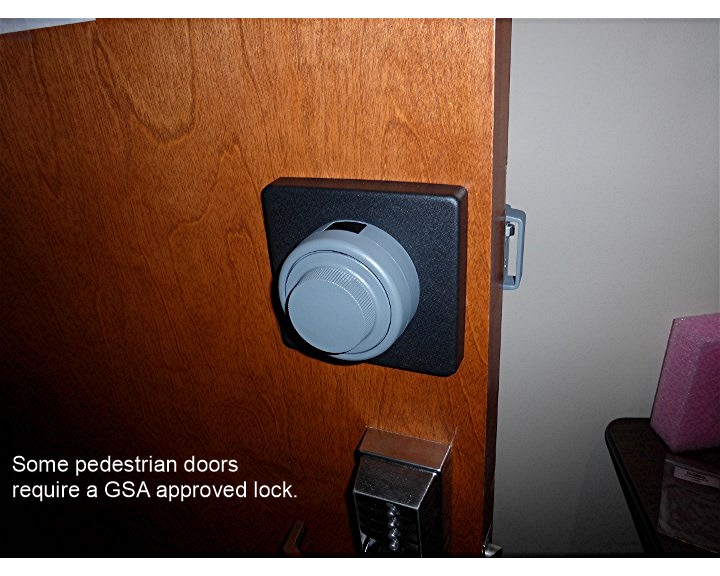
The heart of the GSA containers security is the lock. GSA-approved locks must be self-powered, manipulation resistant and x-ray resistant for 20 man hours. There are 2 approved locks currently manufactured for GSA containers, the S&G 2740B and the KABA X-10 (formally the X-09). The more popular lock between the 2 is the KABA X-10. The X-10 uses a self-contained generator. When the dial is turned the lock powers-up and numbers appear in the LCD display. Unlike traditional safe locks the user does not need to count 4 times left, 3 times right,etc until the lock opens. The X-10 user dials left direct to the first number of the combination, then right to the next number, left to the last number and right to “OP” which appears in the LCD when the lock is open. The only way to open a GSA approved lock is to know the combination. Sometimes employees leave or the containers are moved to new locations. Combinations can become lost. In this case the container must be drilled open and the lock replaced. There is no “back door” override combination on GSA-approved safe locks. Drilling a GSA container requires special drilling equipment, even then the process can take several hours to make one hole. The container must be repaired according to GSA regulations to maintain GSA-approval.
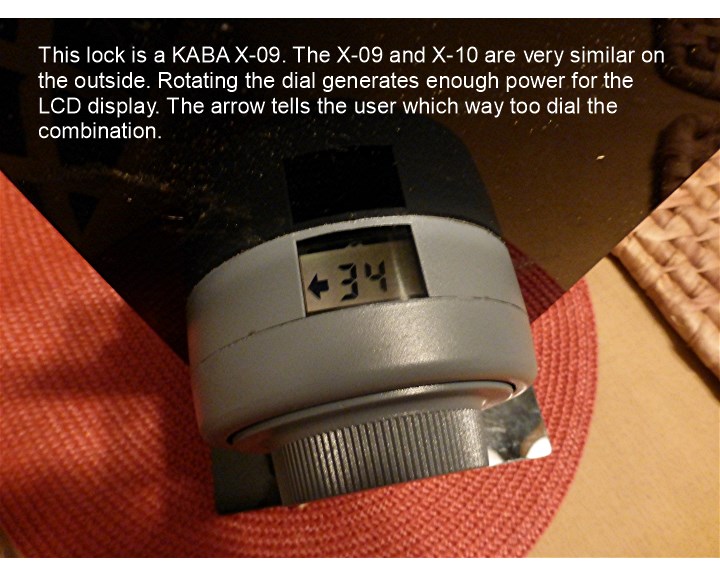
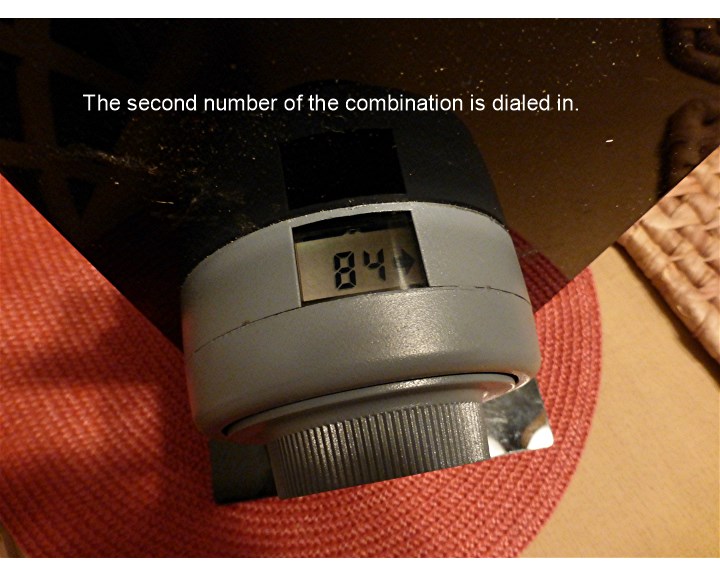
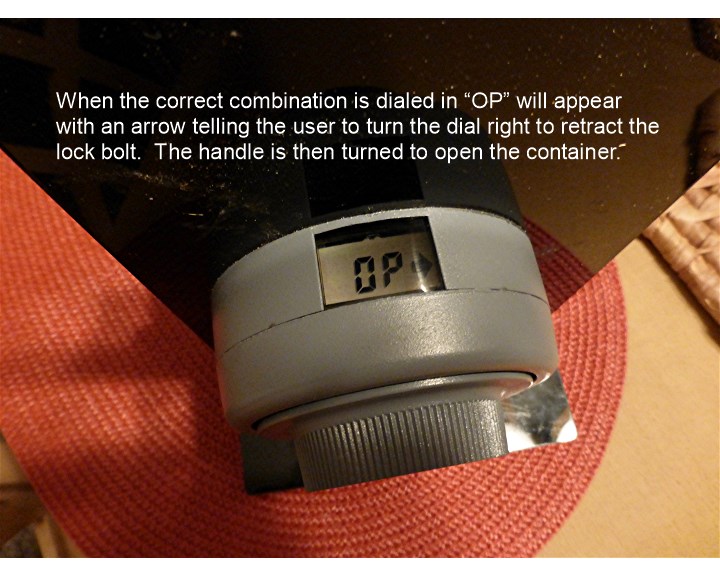
The GSA authorizes file cabinet type containers, different sizes of safes called Maps and Plans containers, Vault Doors and special type safes called Information Processing System Storage (IPS Containers).
The Pentagon uses 30,000+ GSA containers, along with Department of Defense Contractors and many other government agencies. Usually the GSA container is also protected by Intrusion Detection Equipment and armed guard inspections depending on the sensitivity of the documents being stored.
(a) GSA Container Identification by A. Dennison & J. Cortie; Copyright 2009

